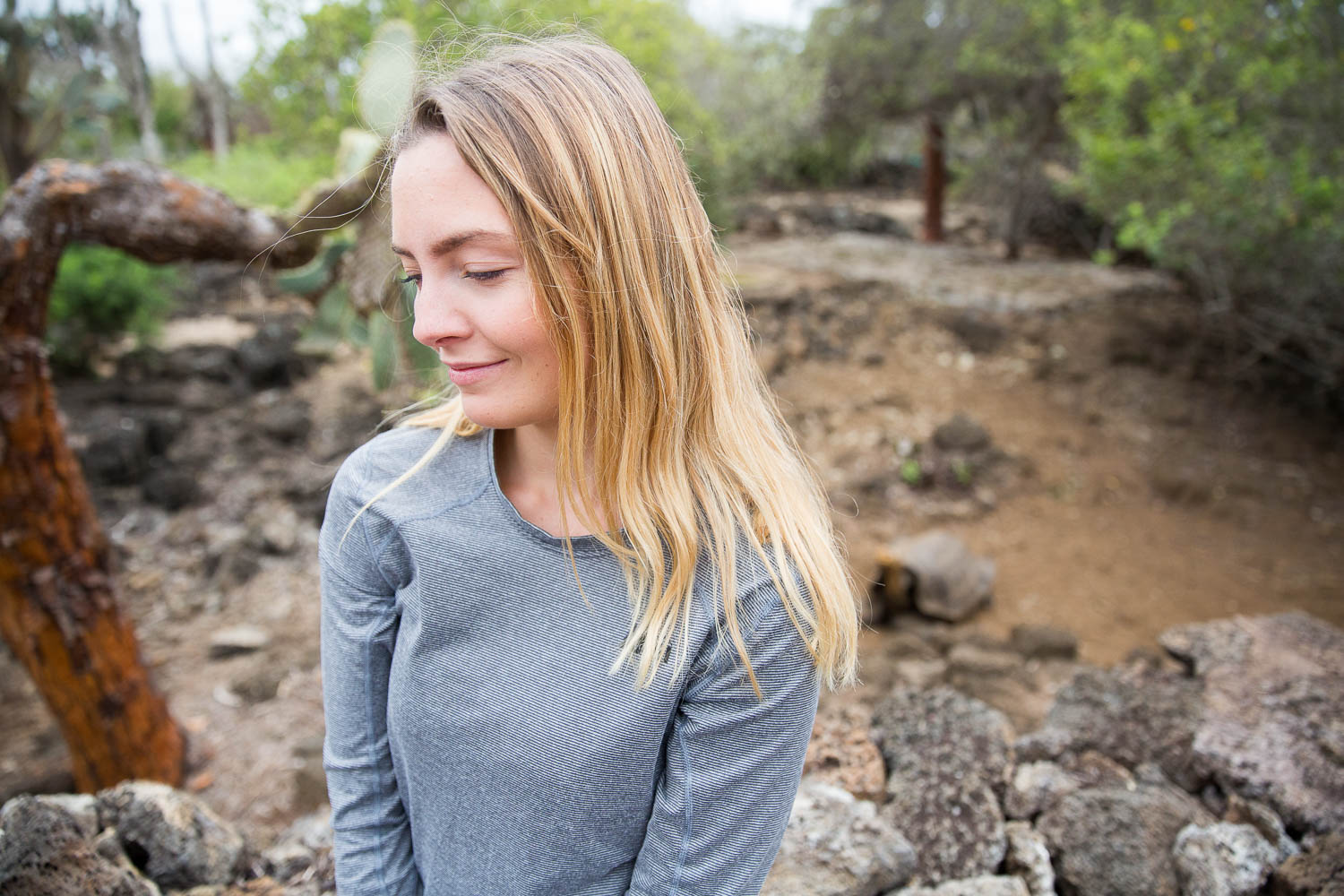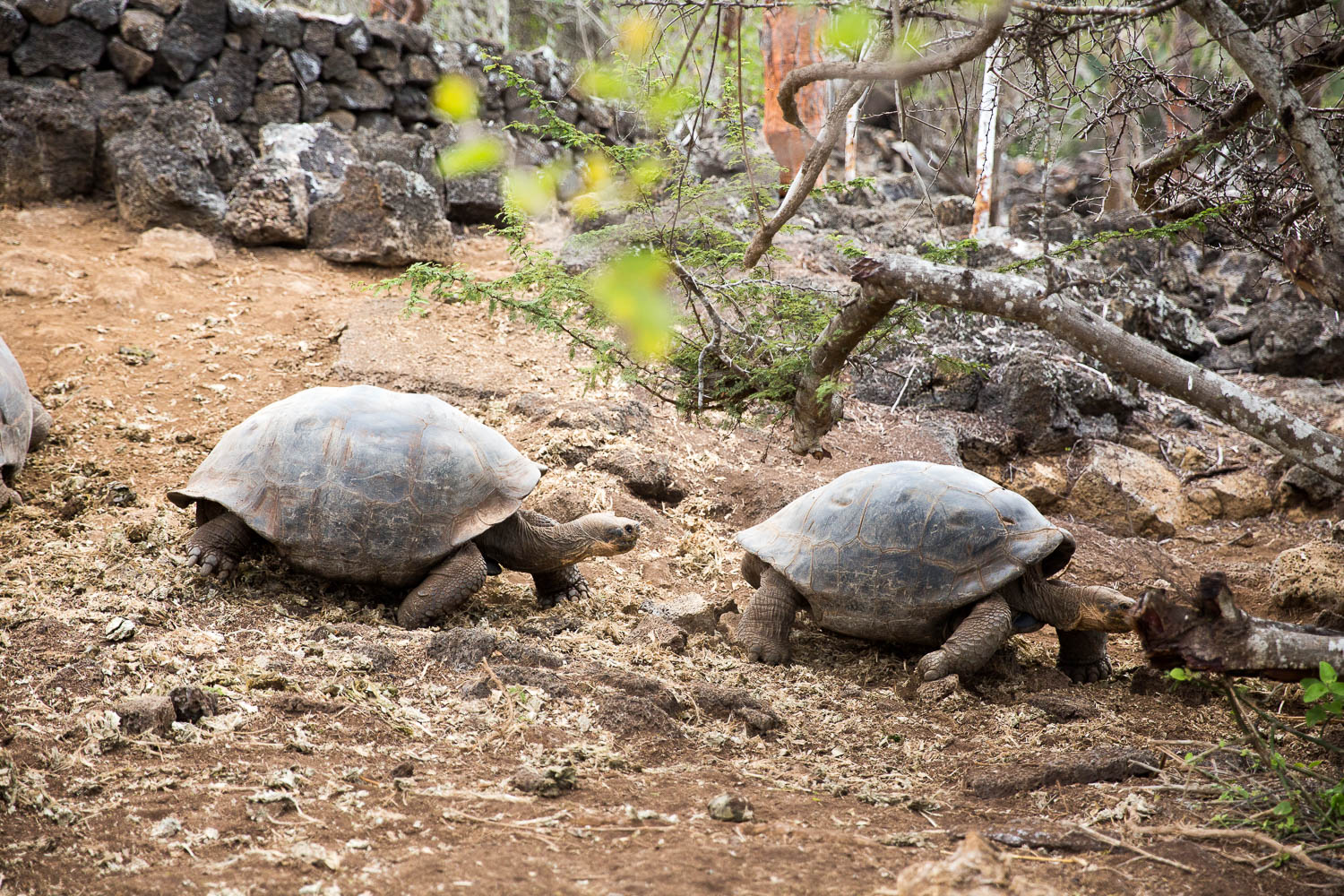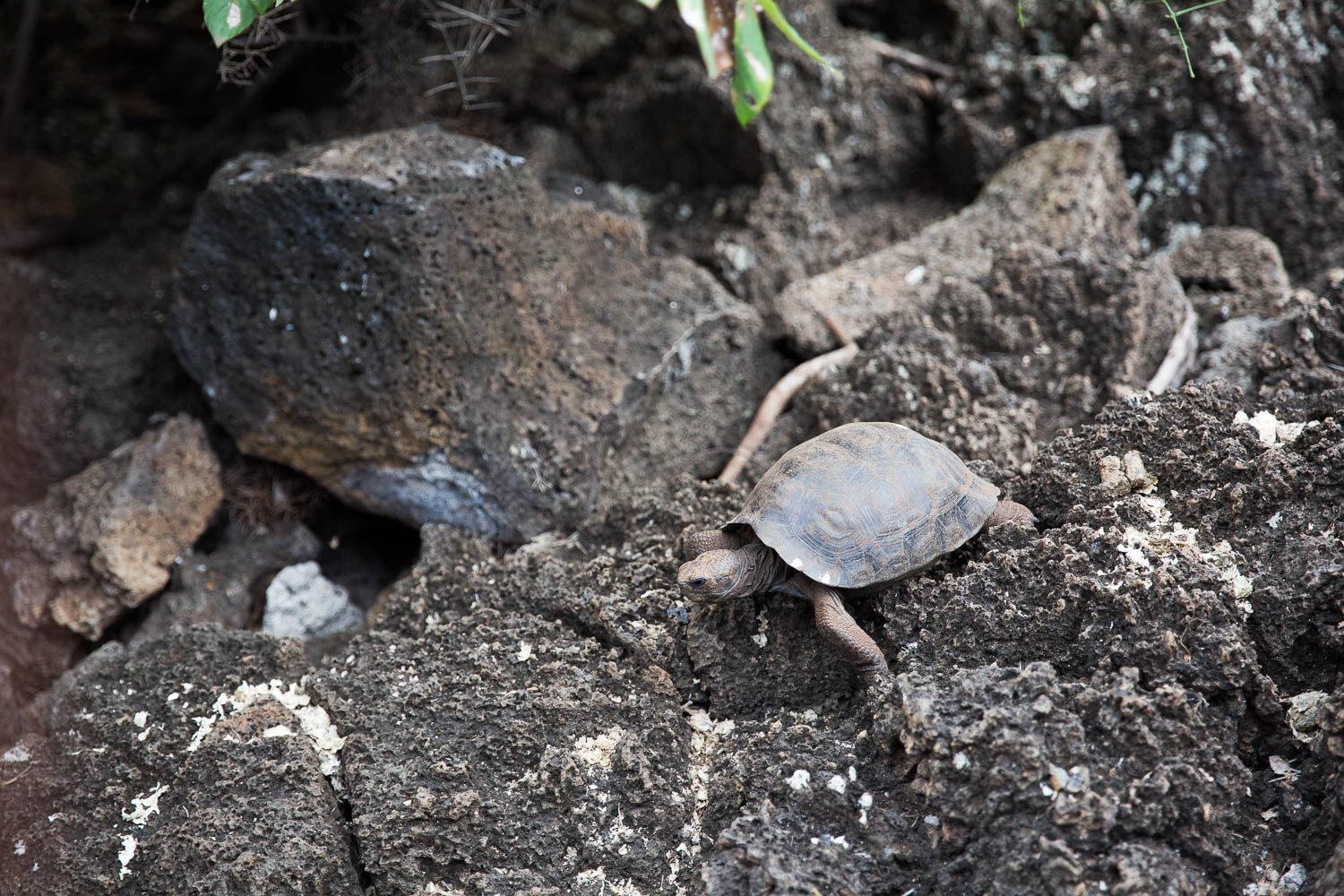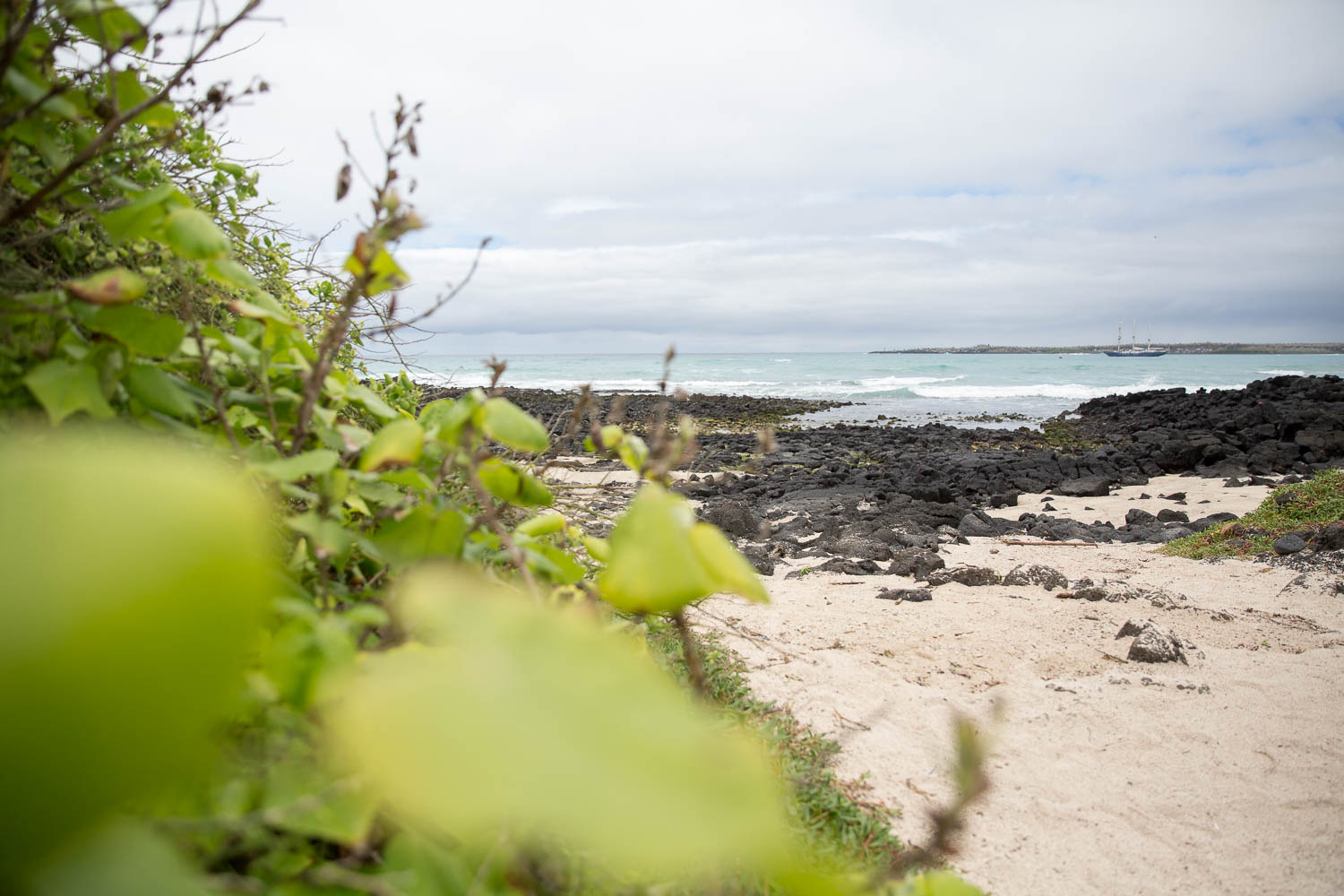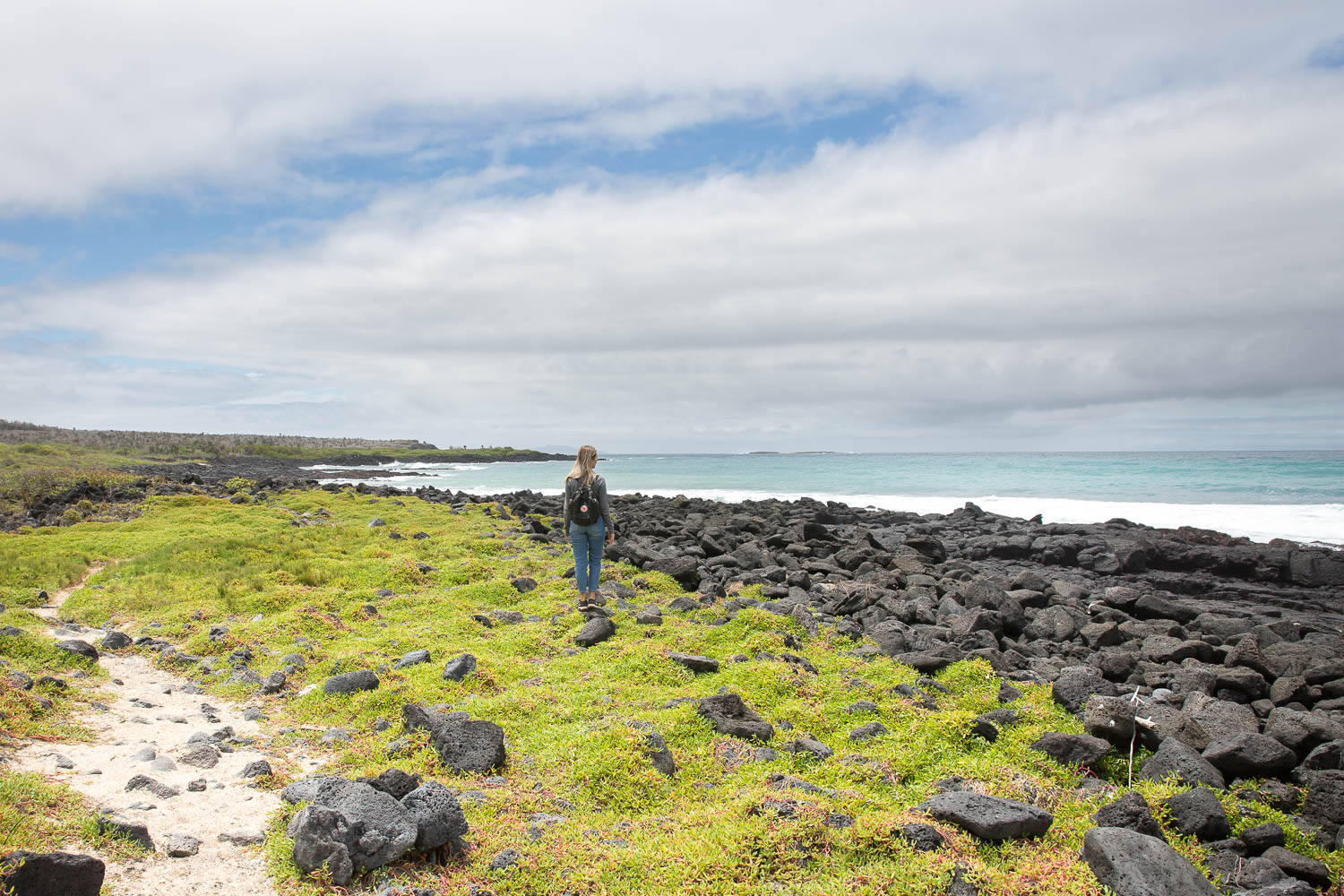You have heard about The Origin Of Species, right? And the theory of evolution? And maybe even Charles Darwin? That was the main reason for me deciding to go to Galapagos Islands. Darwin was a young guy who went on a voyage with some others when he was 22 and stayed at these islands to study animals and their behavior. By the time that he was 26, he had been writing about how species adapt to their surroundings and how the surroundings and environment has an impact on them. He formed the theory about natural selection.

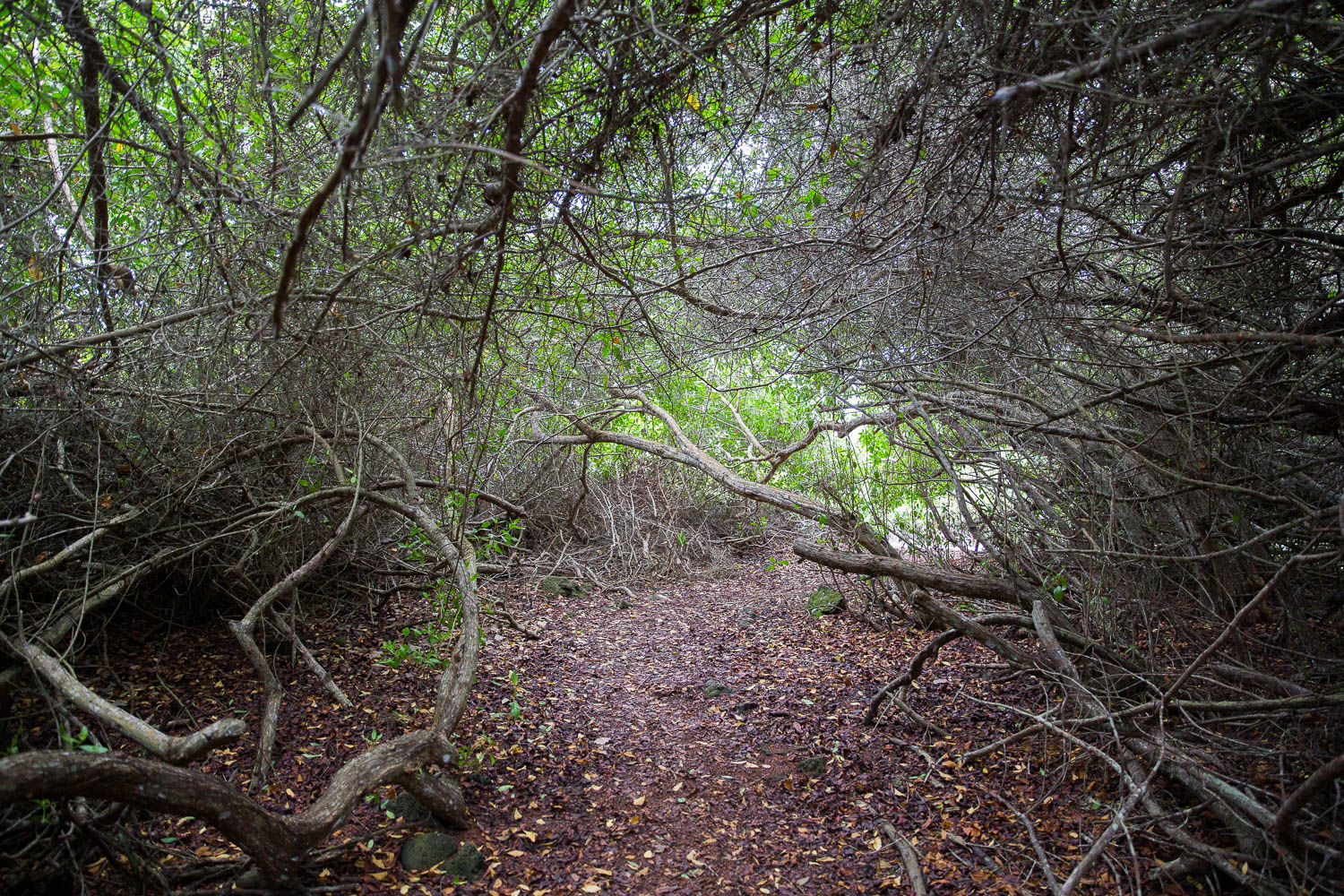



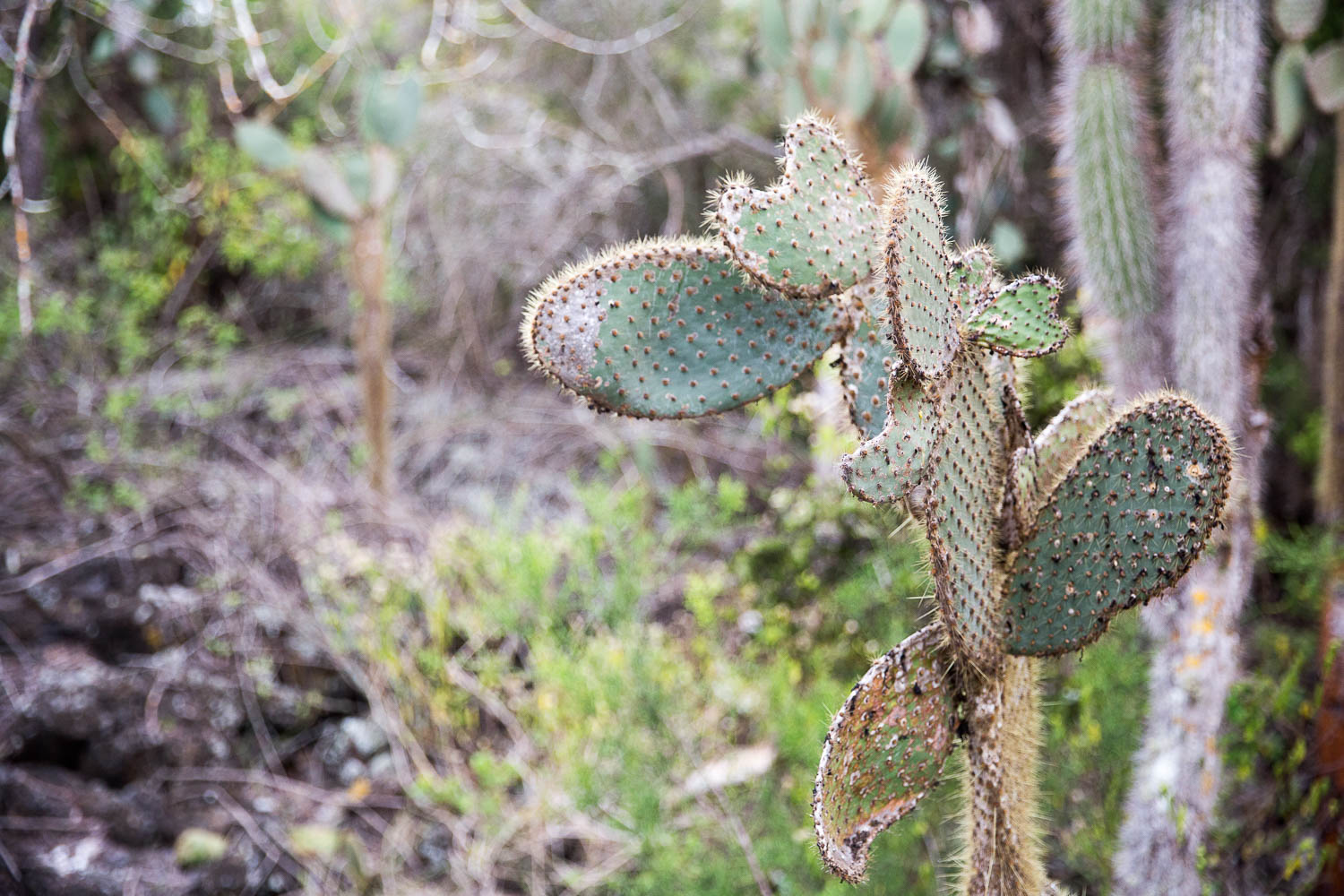
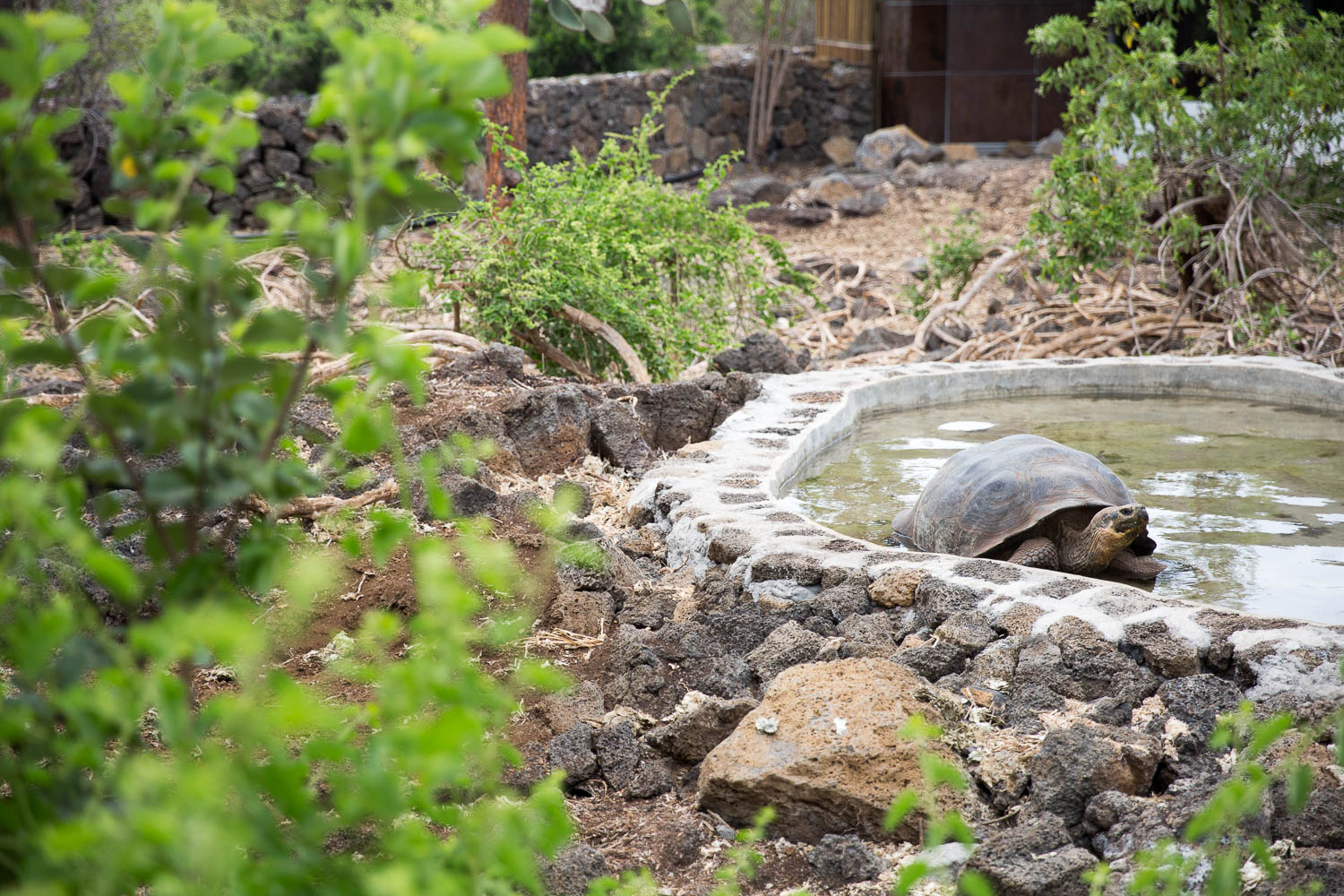
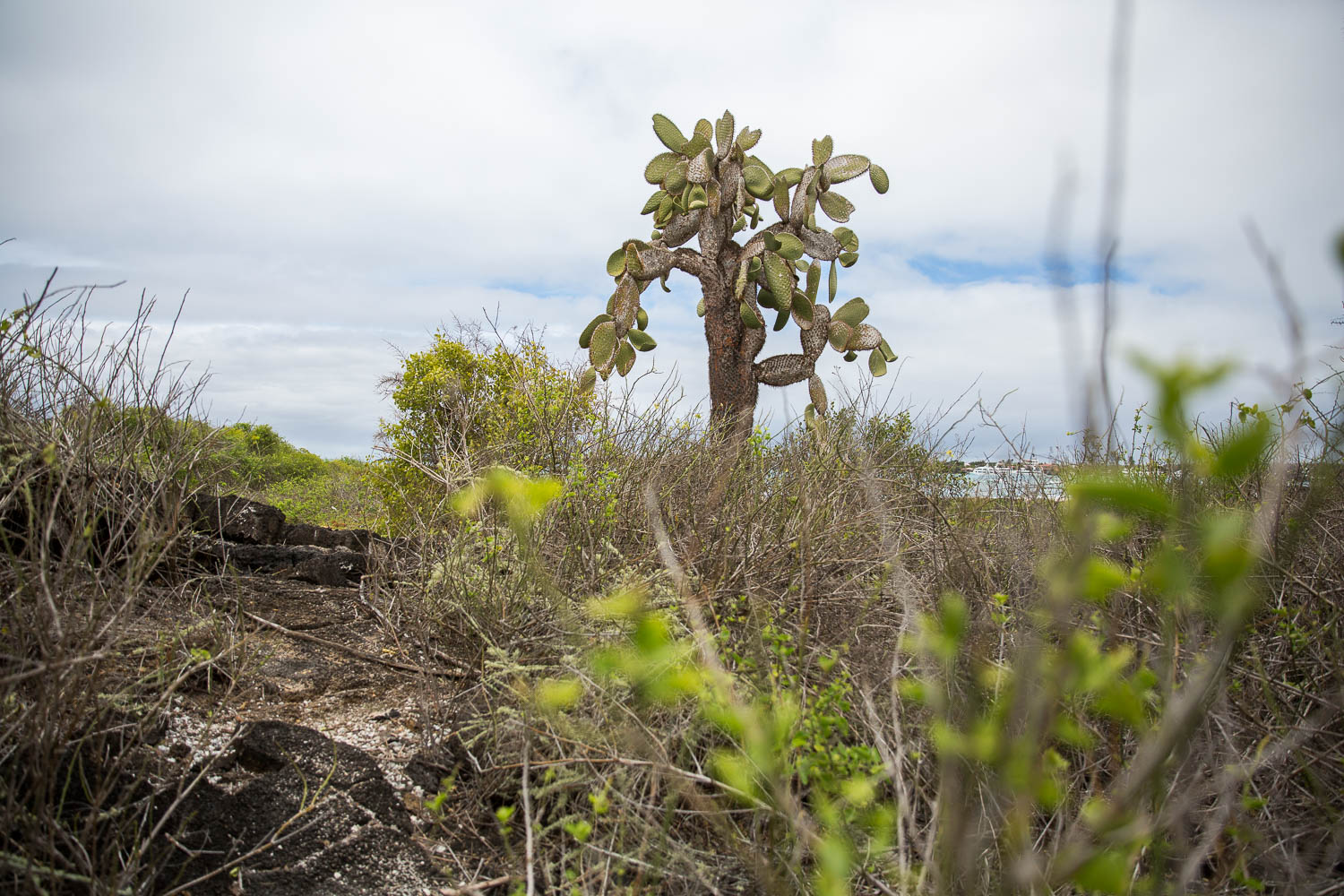

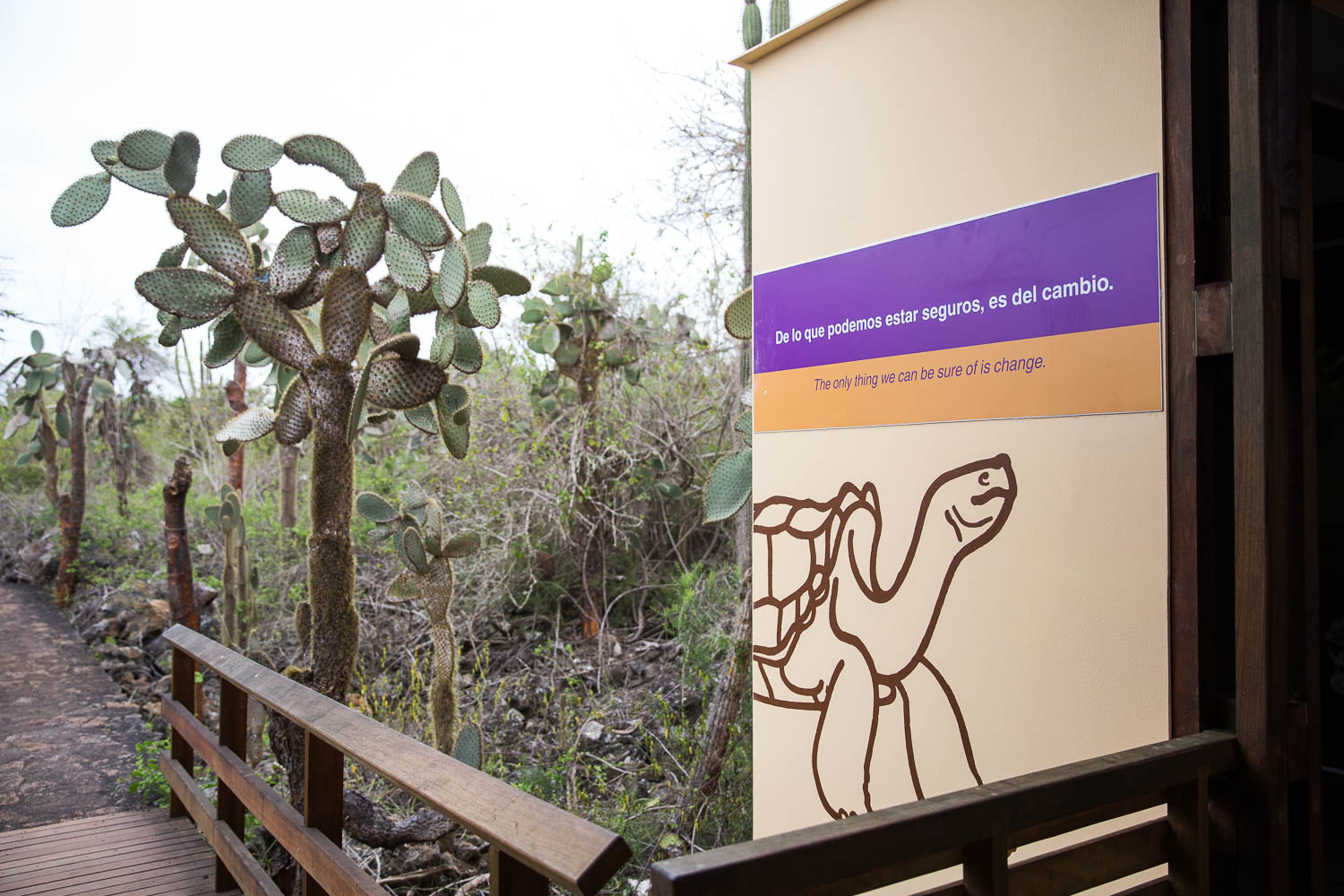
The only thing we can be sure of is change, he said. And I guess we all can agree on that, despite that we all may have different views on life and its meaning. During our second day in Puerto Ayora in Santa Cruz, we went for a walk to the Charles Darwin Research Station to learn about Darwin and also see the tortoises that were among the species that Charles studied.
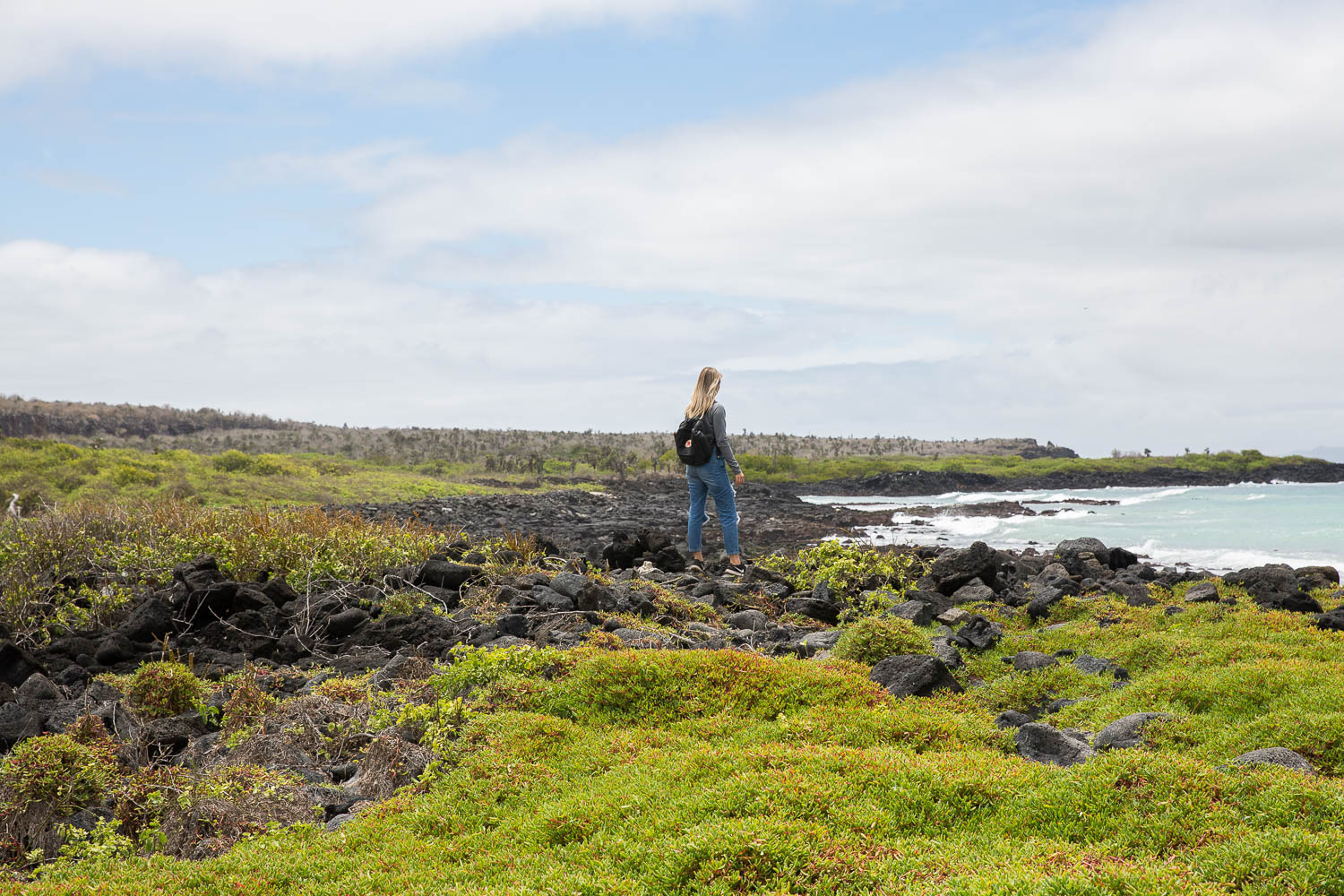

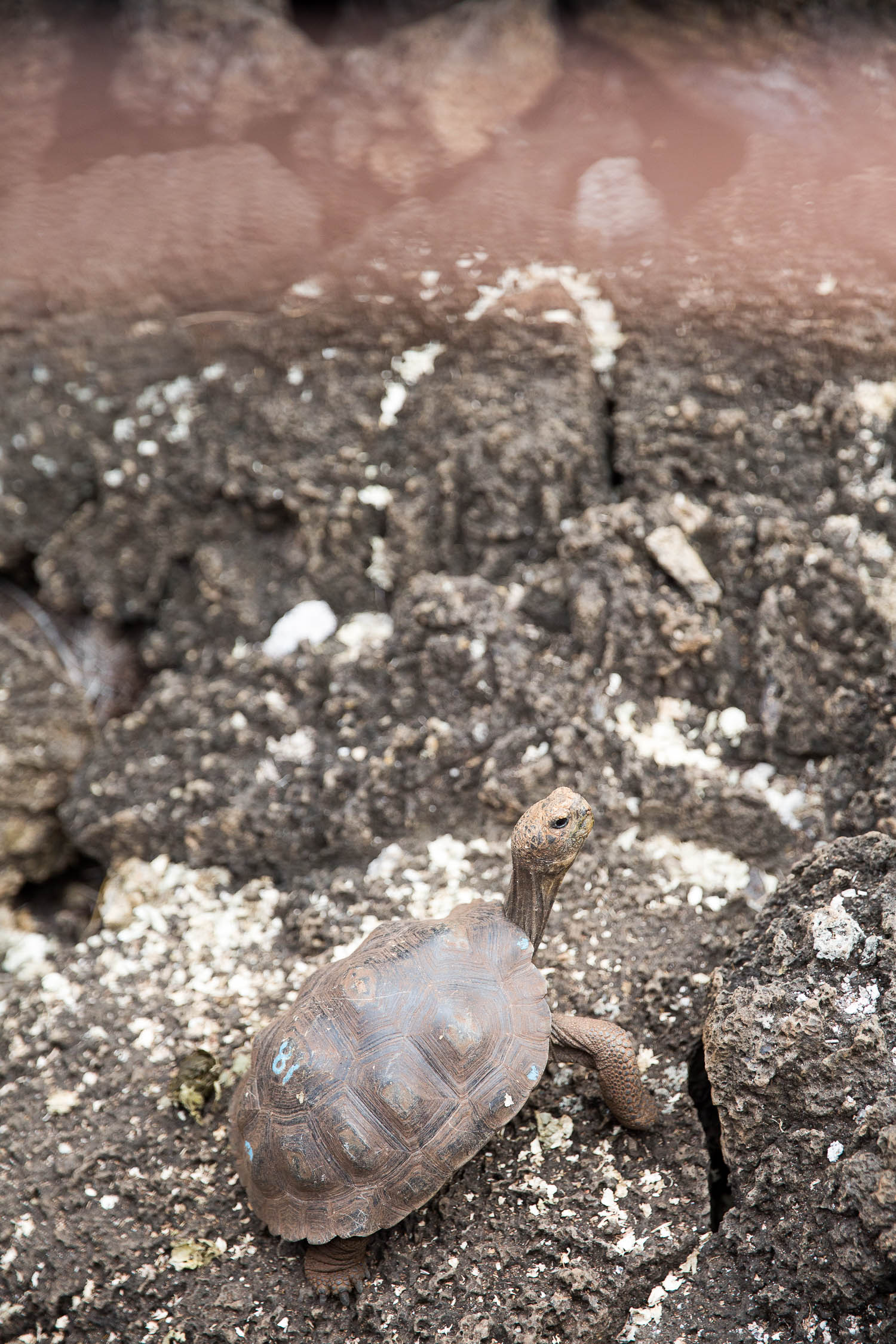
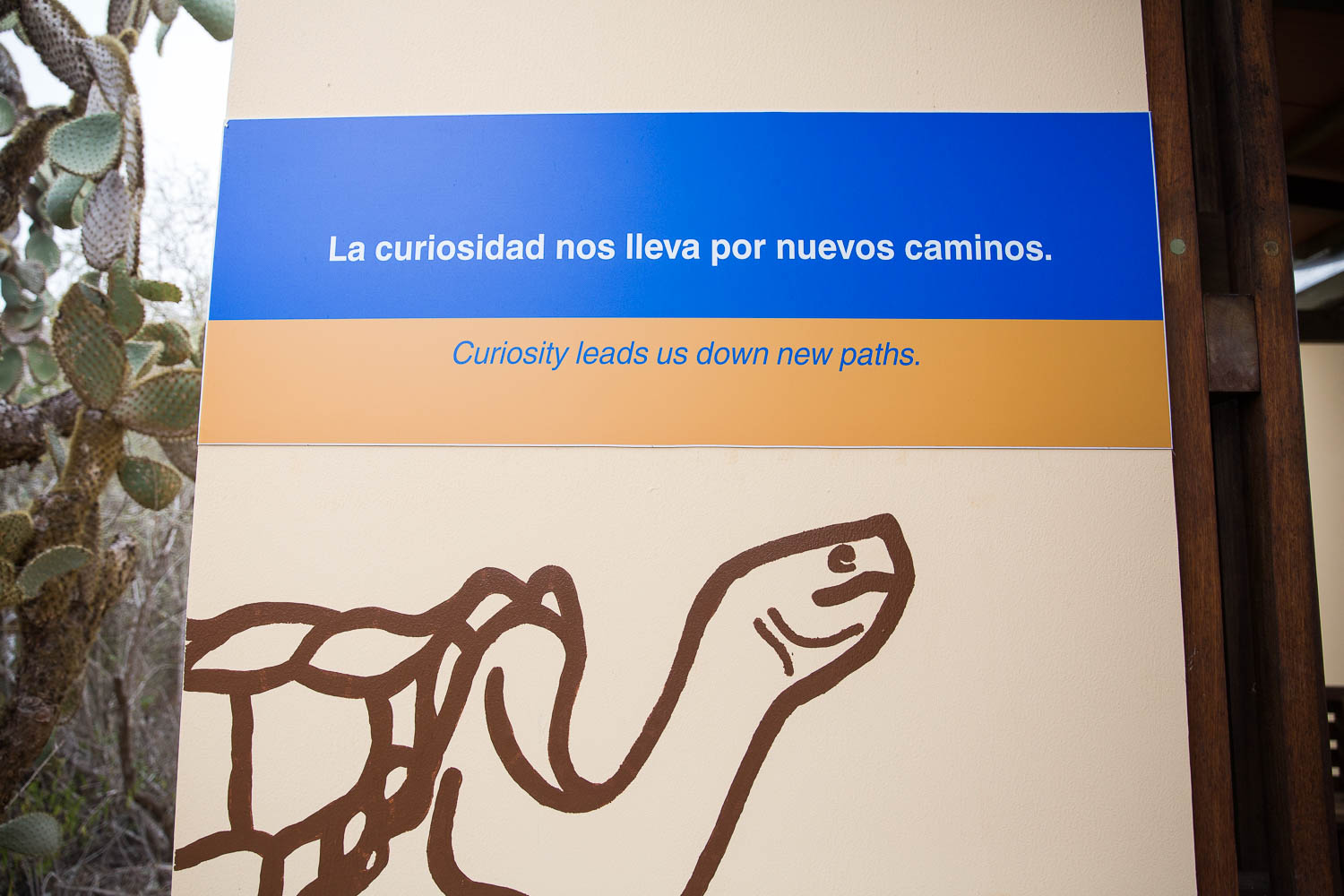

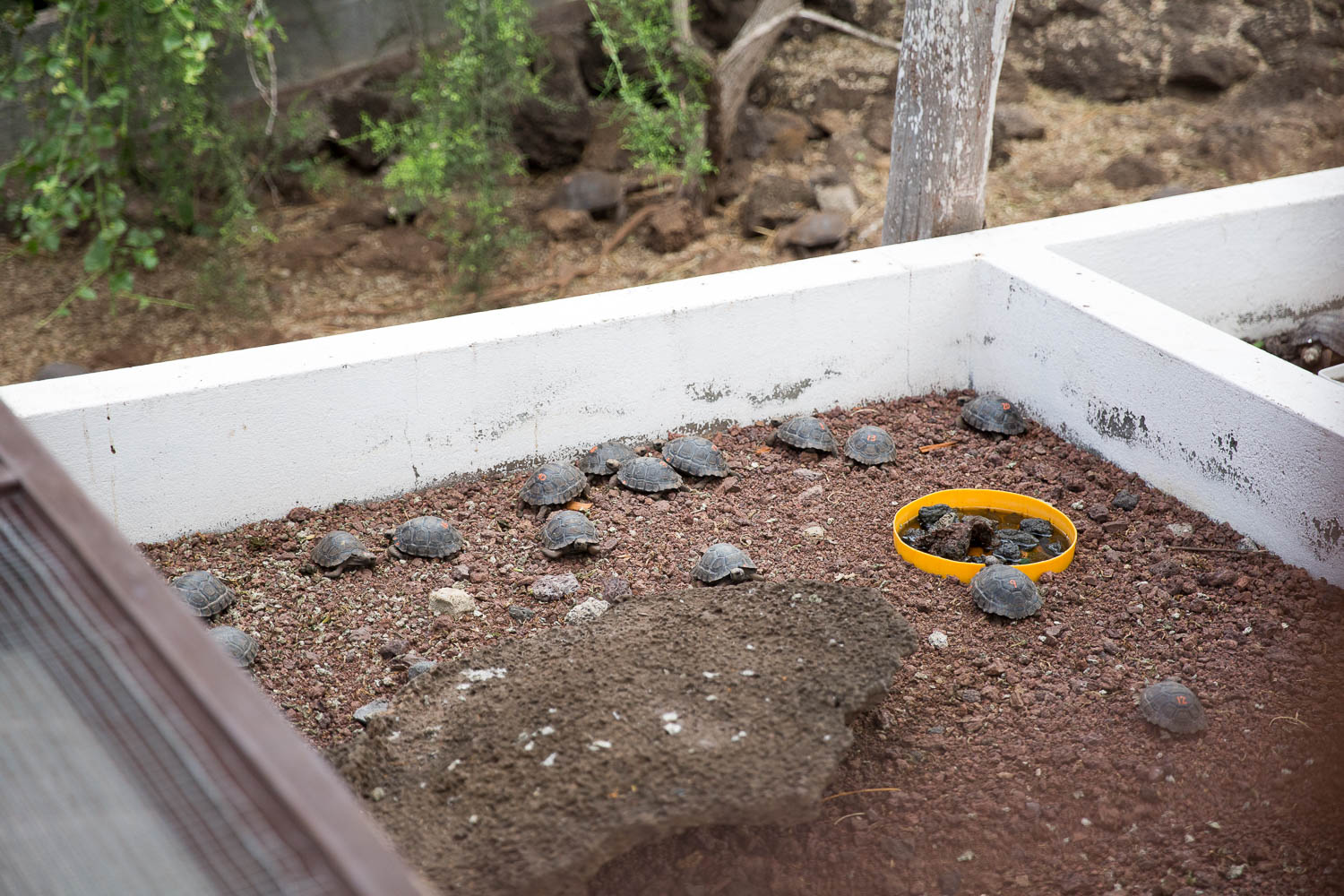
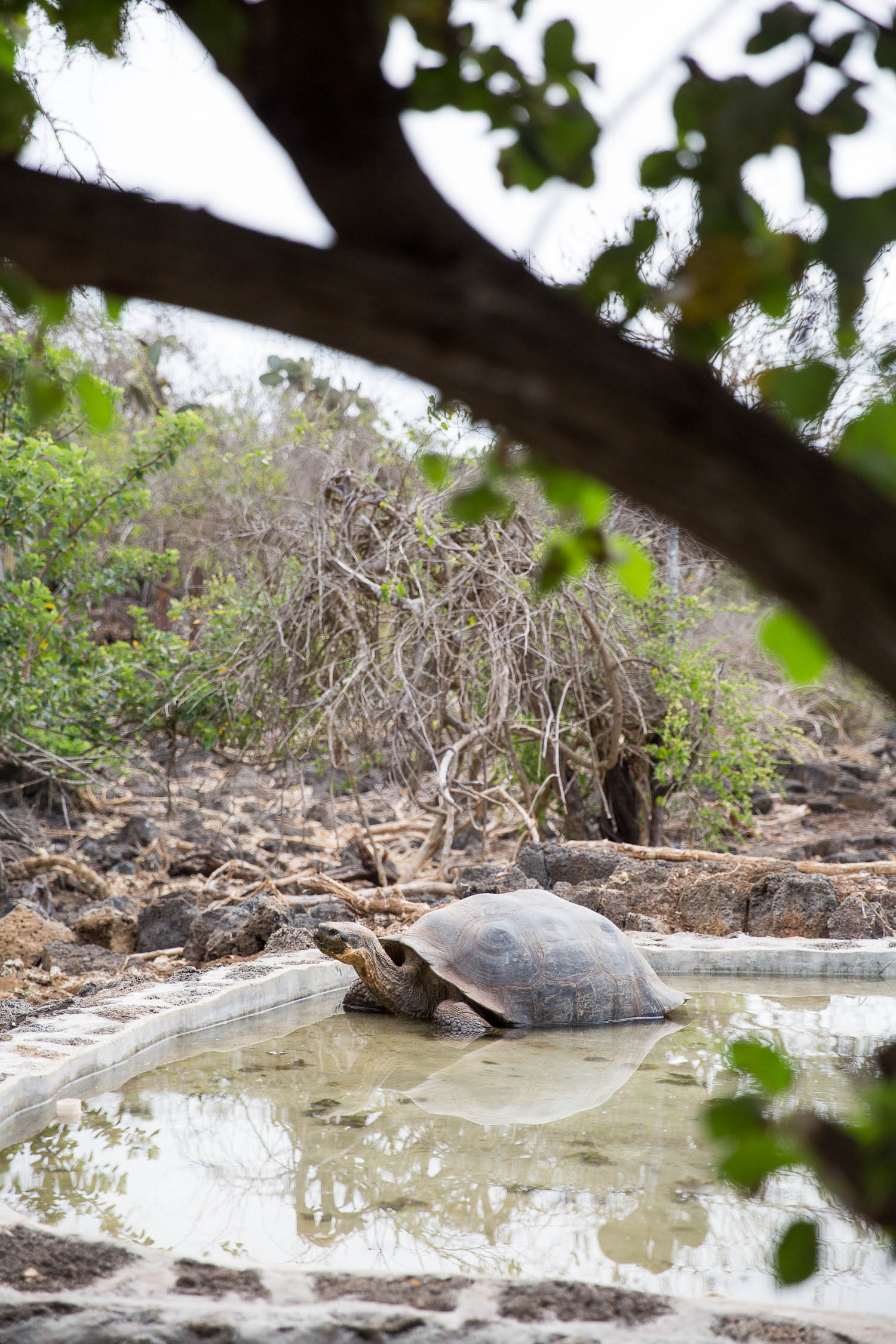
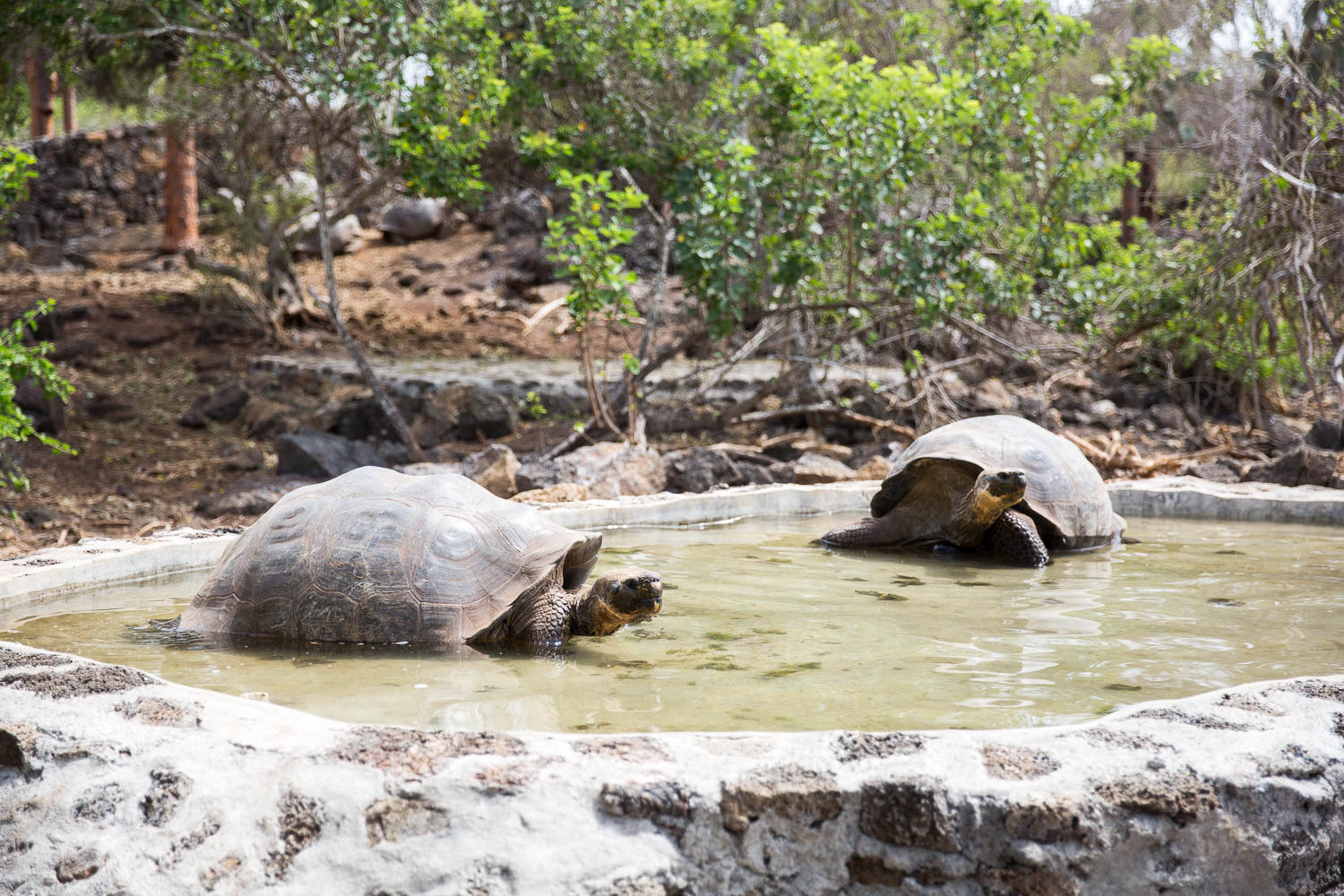
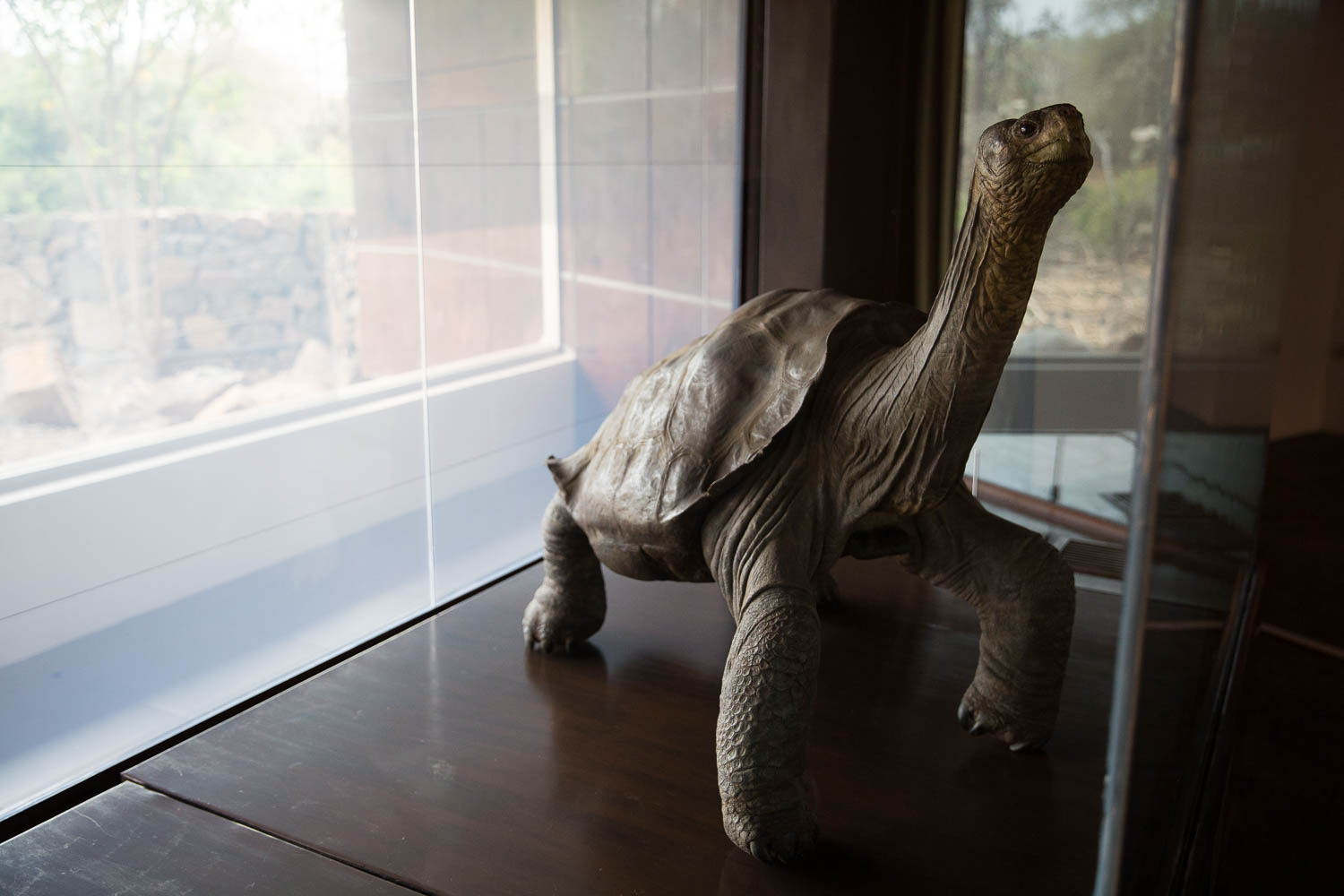
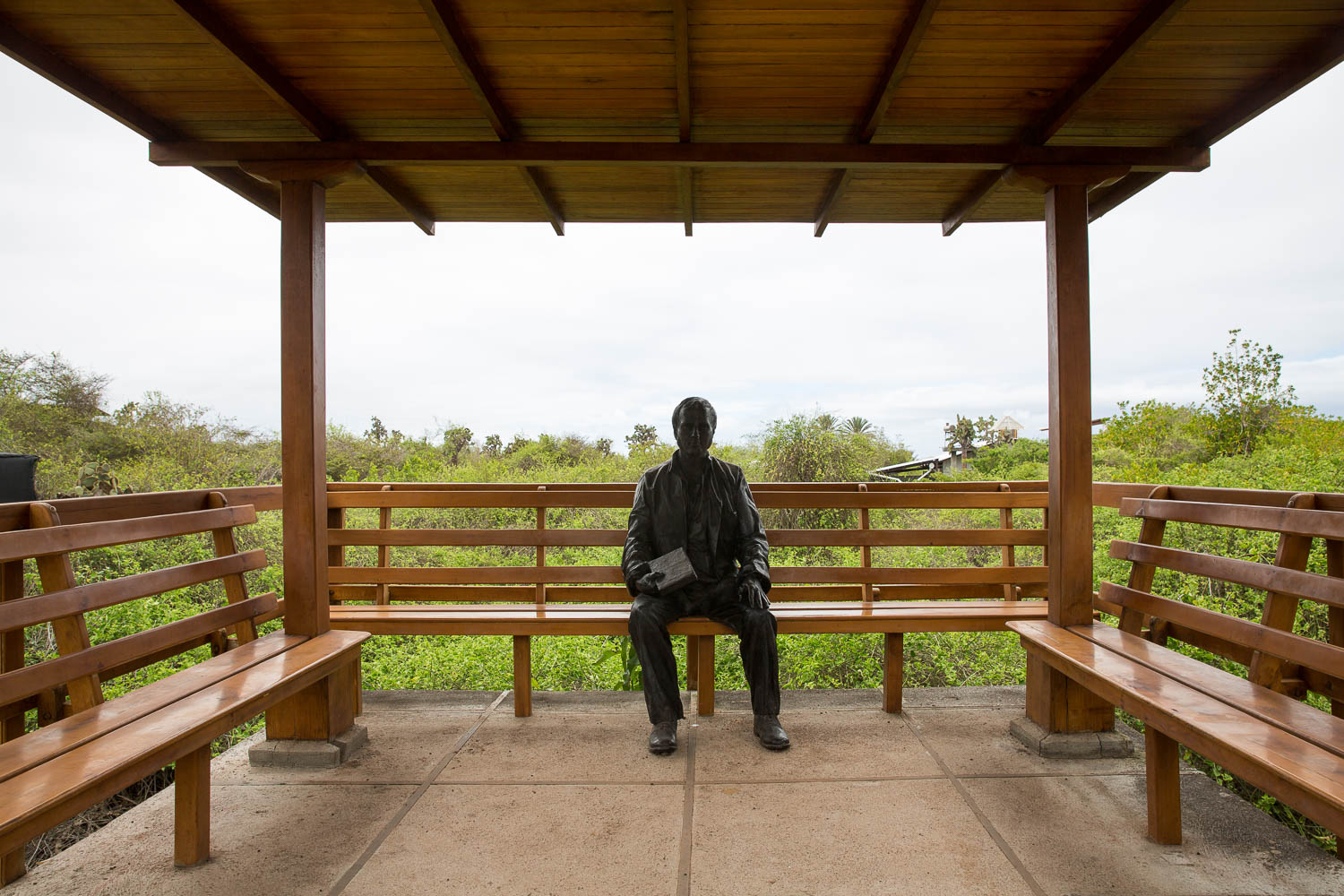
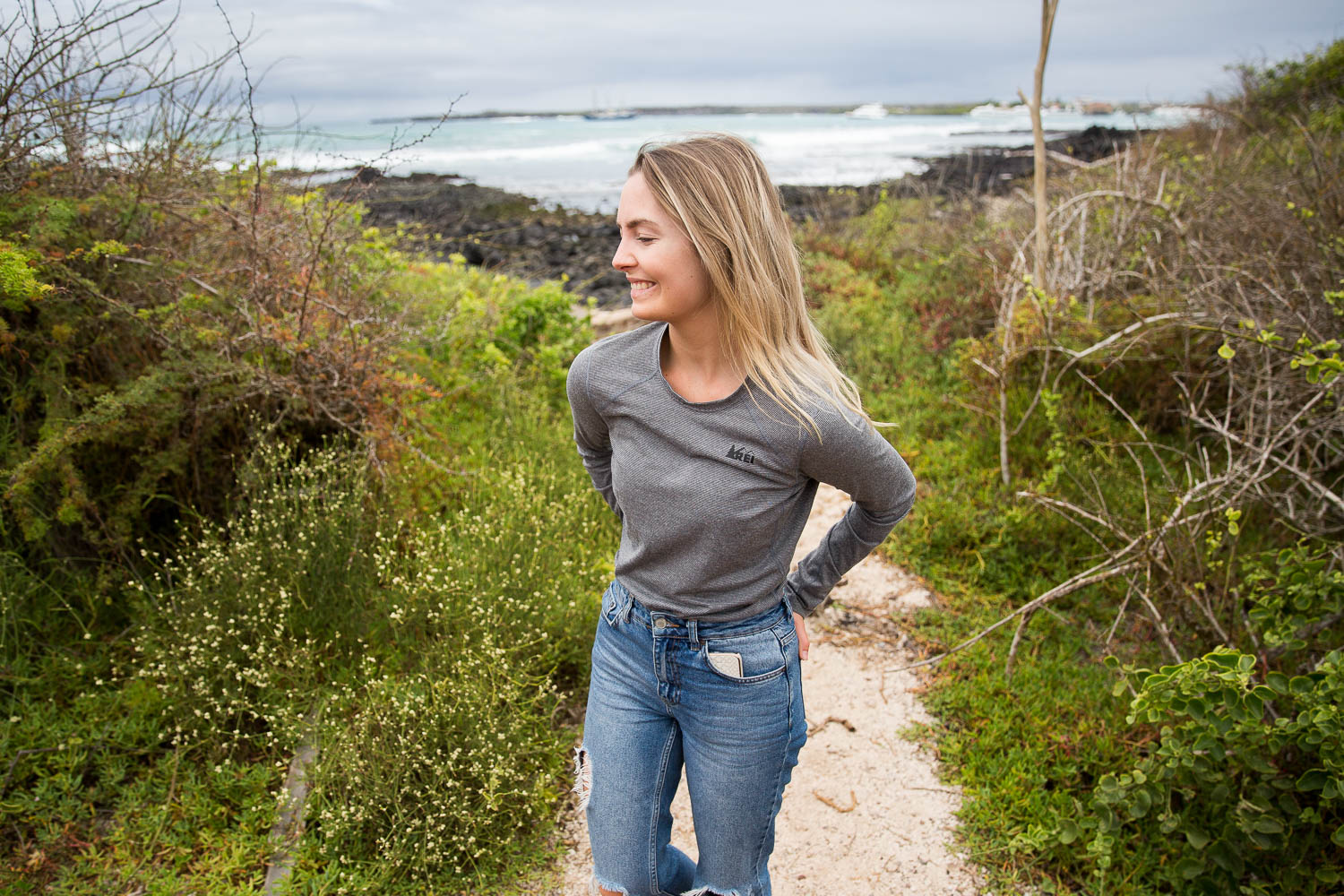
Tortoises are quite unique! They are reptiles of course, and can live up to 100-300 years. They can go months without water or food and don’t really do anything else than eat grass and mate. That is their whole purpose. Their shell is extremely heavy, so that don’t walk fast at all. They never ever run. If someone seems to be a threat to them, they snuggle their head in under shell, make a weird noise, and cover their head with their feet. Maybe that’s why they have survived this far?
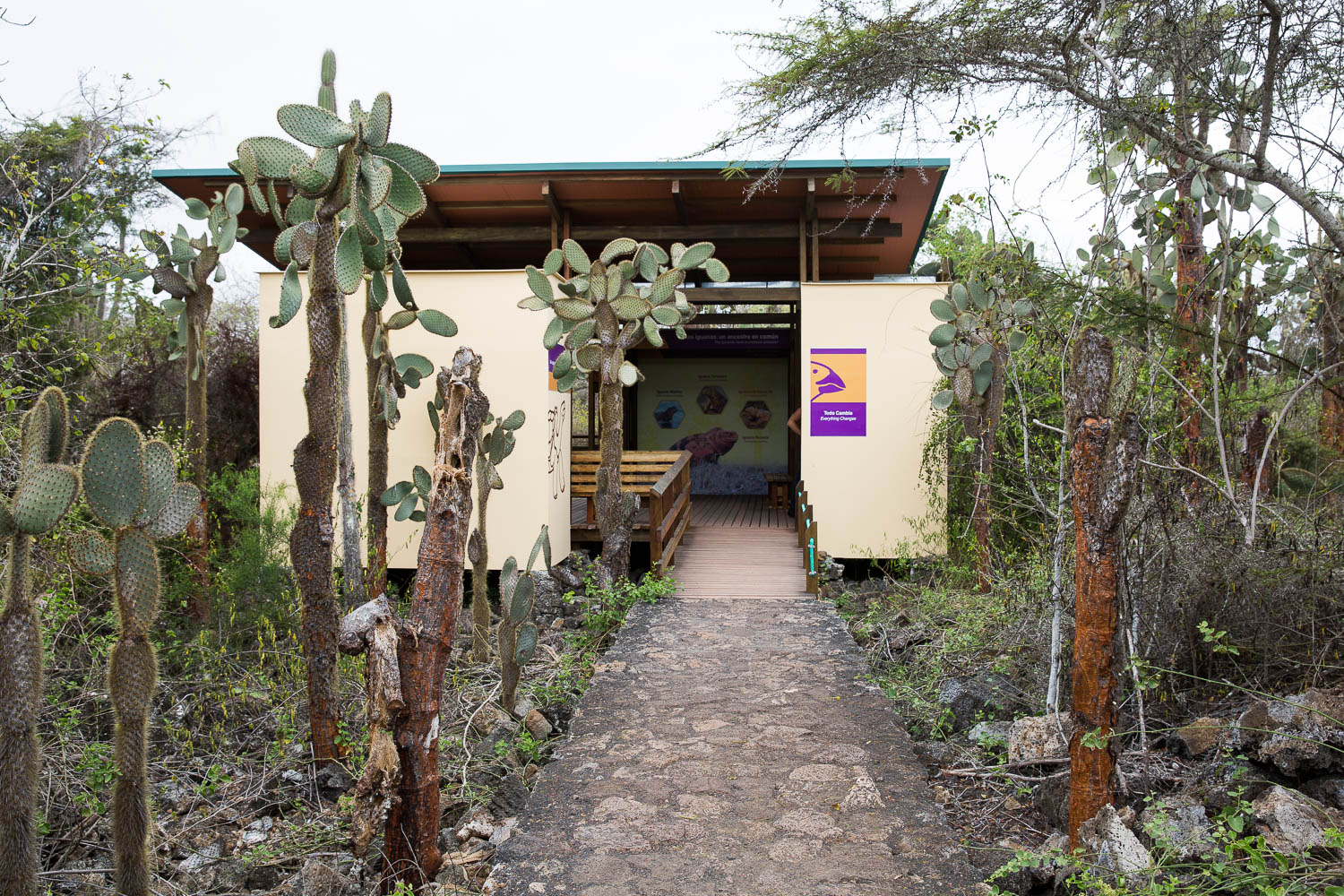
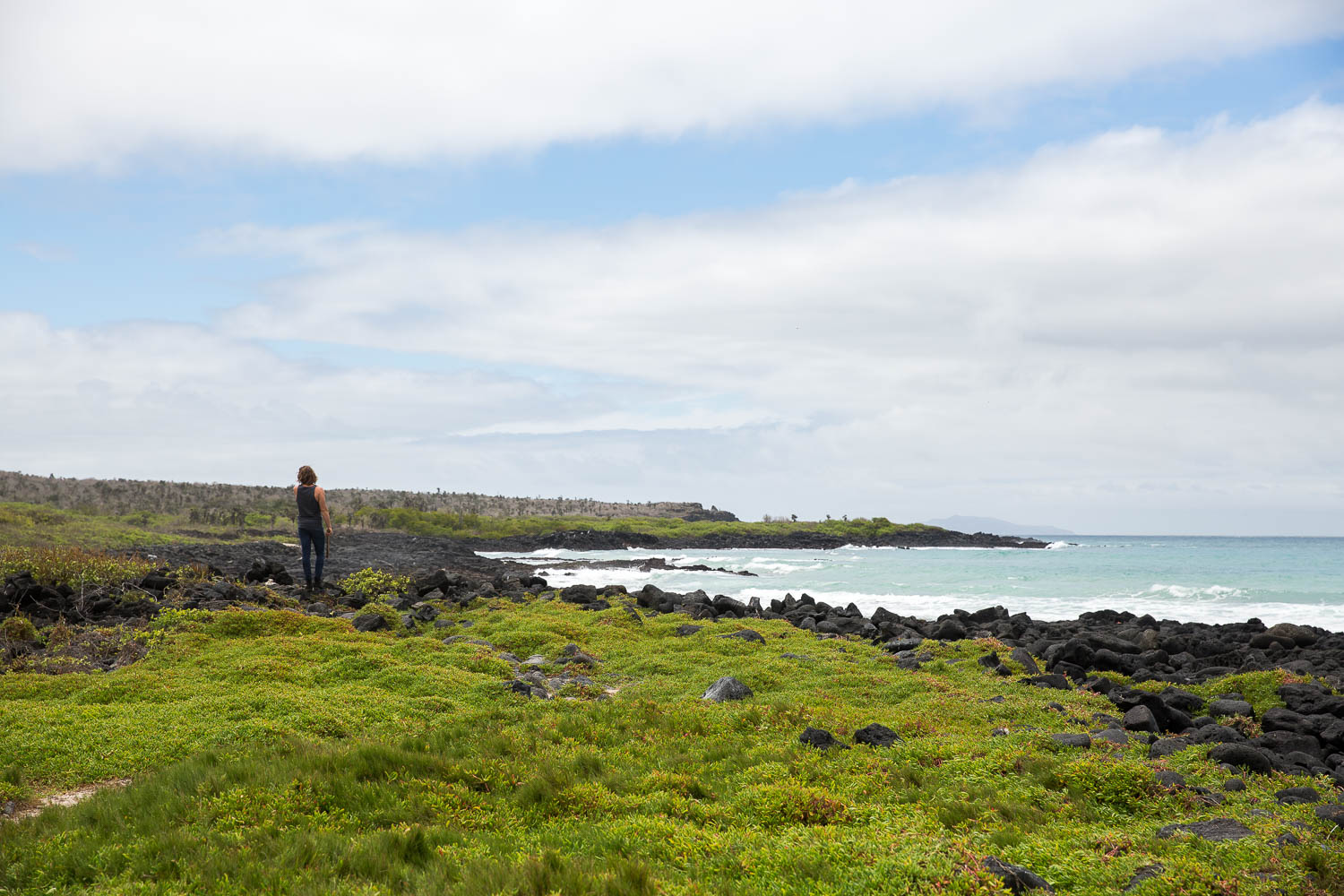
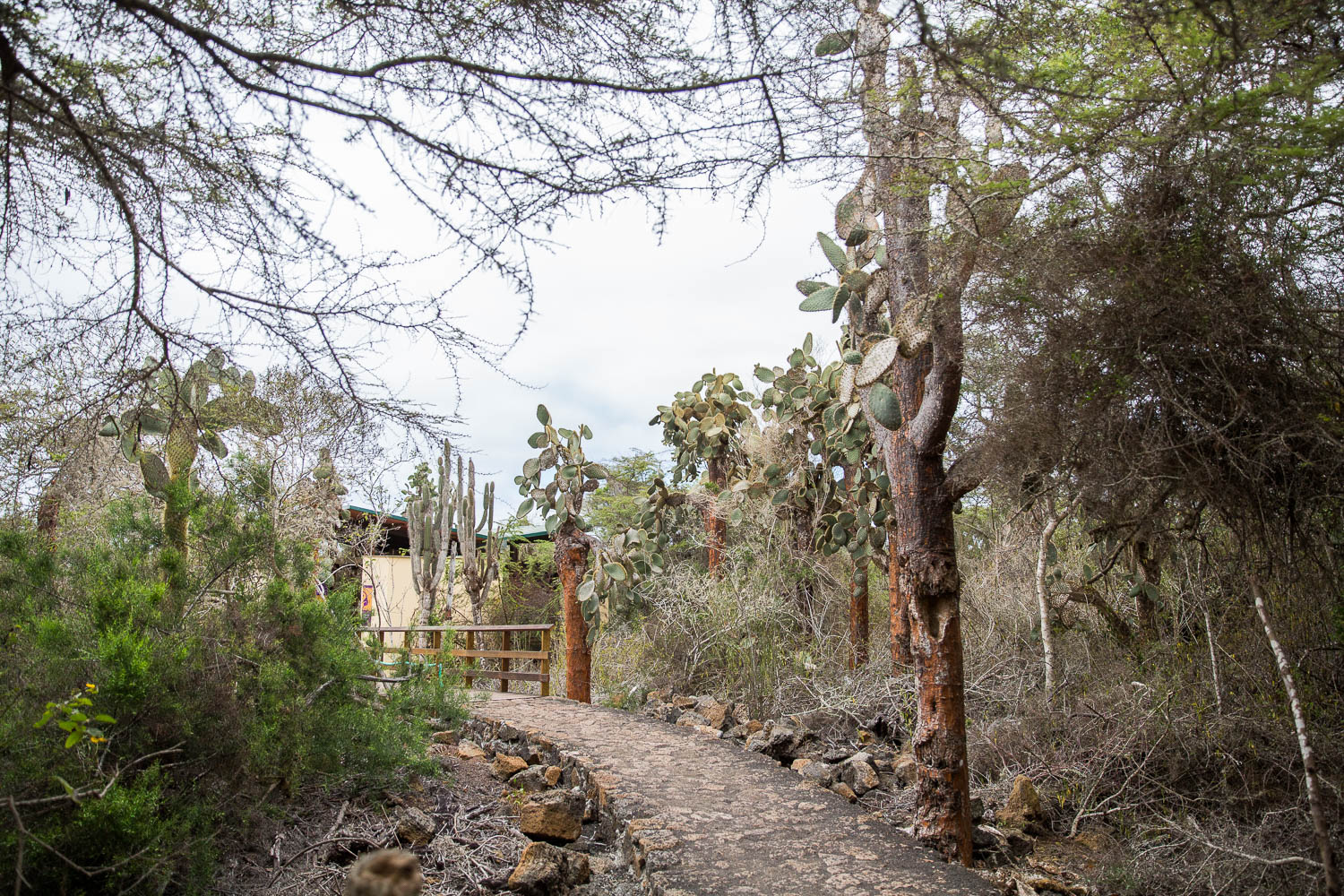

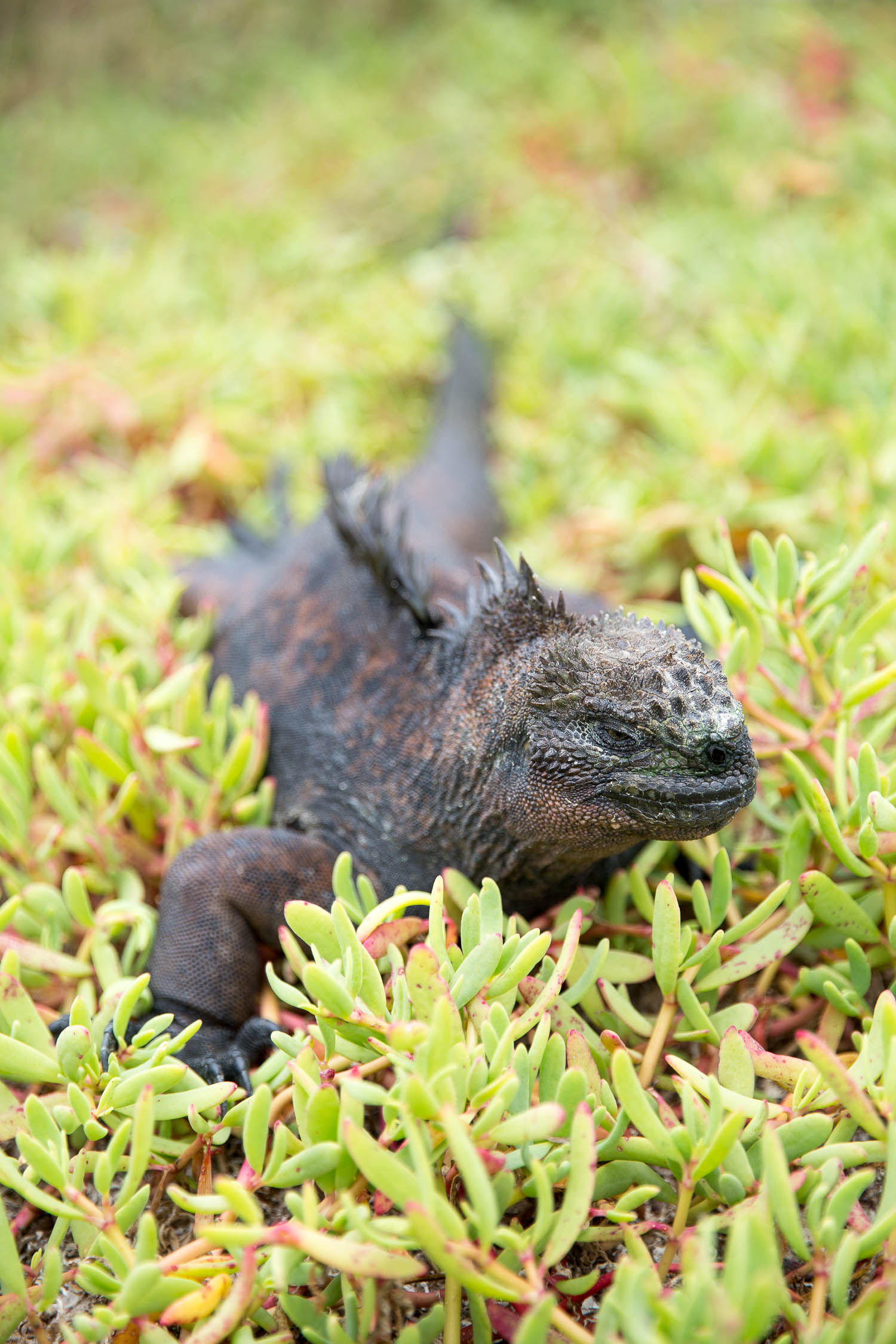
I bet none of you have heard about him, but here we go: We got to see Lonesome George. He was born 1910 and died June 24, 2012. He was a male Pinta Island tortoise and the last known individualof the species. In his last years, he was known as the rarest creature in the world. George serves as a potent symbol for conservation efforts in the Galápagos Islands and throughout the world. He was called lonesome because he never got any children, and therefore ended up being the last one of his kind.
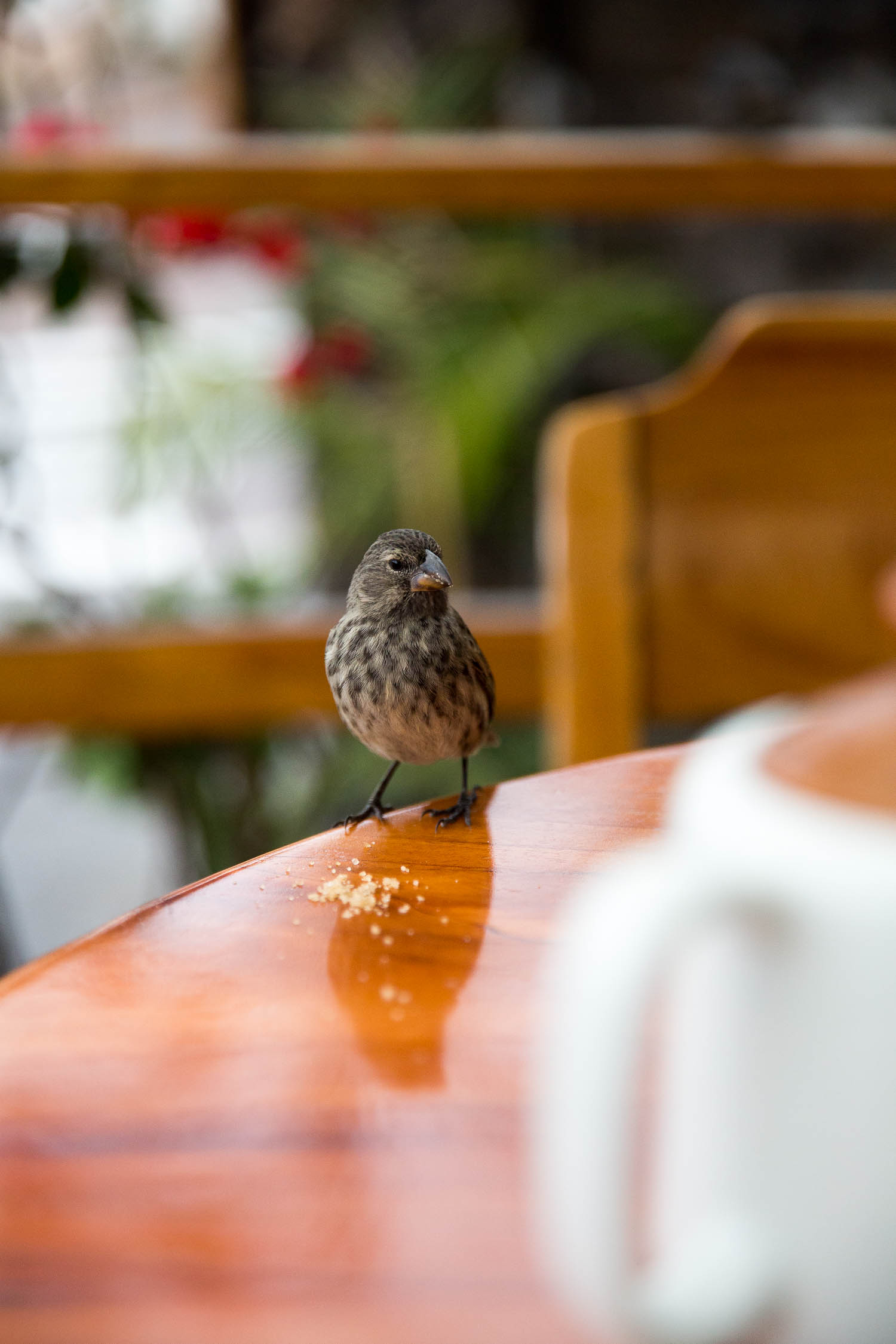
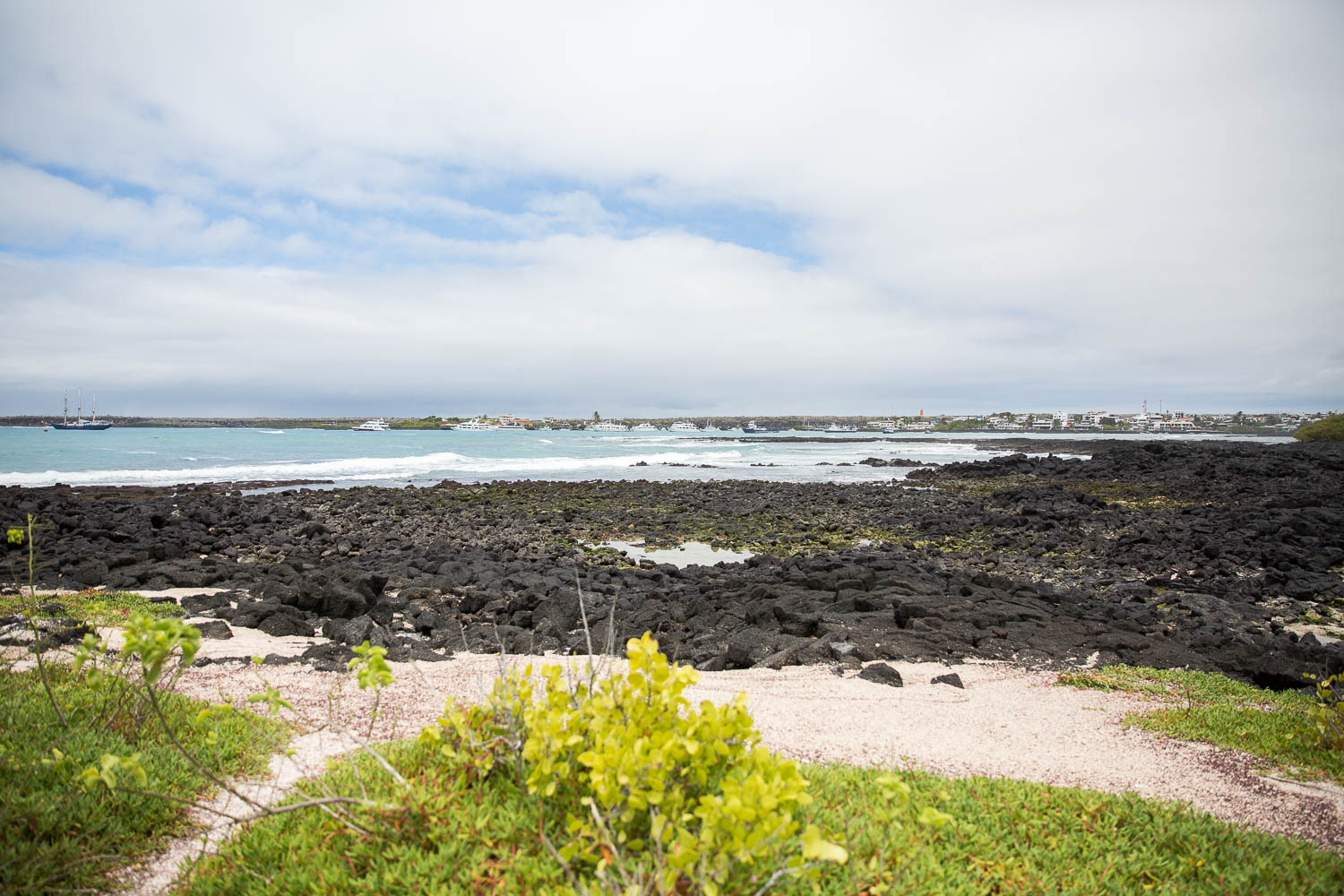
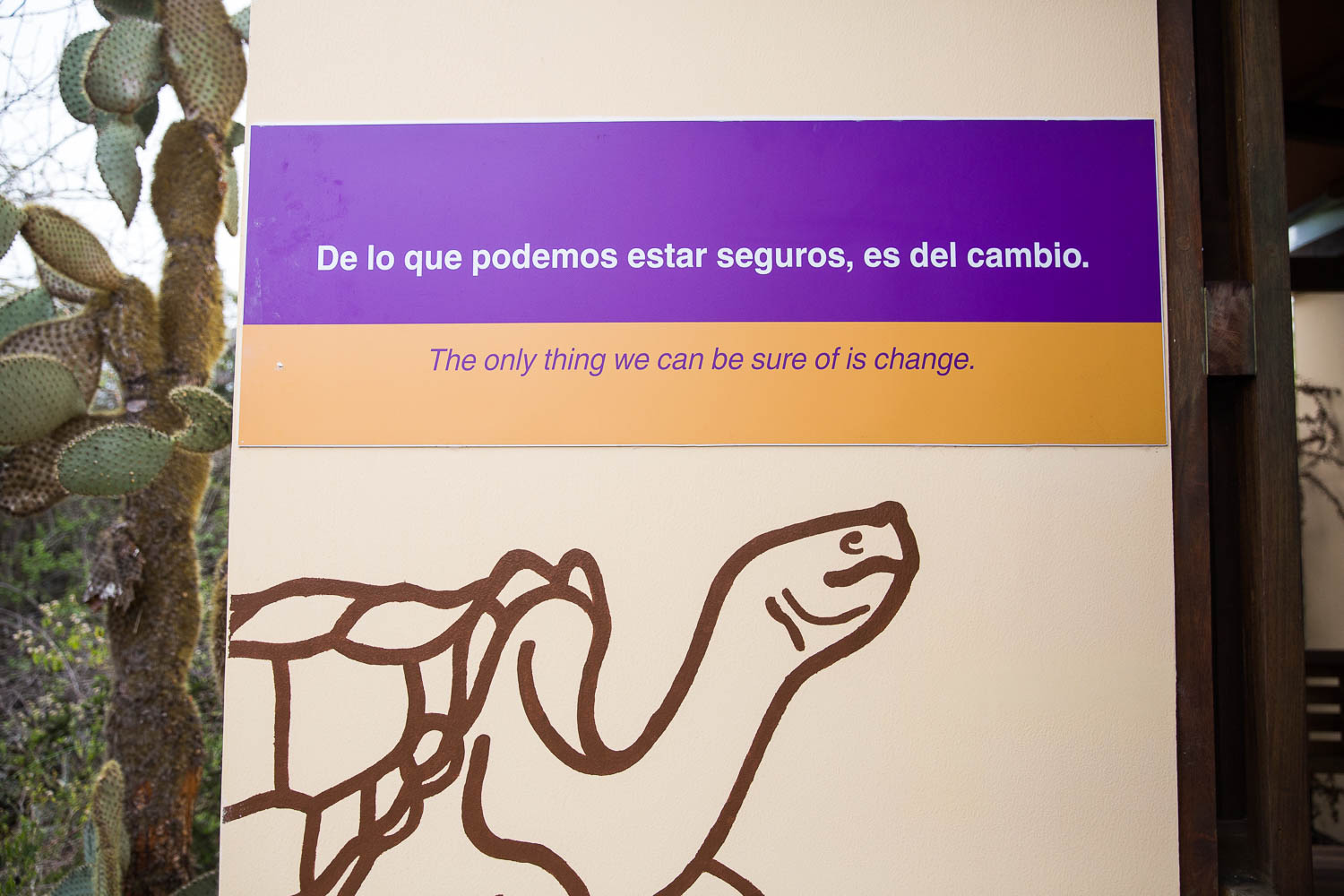
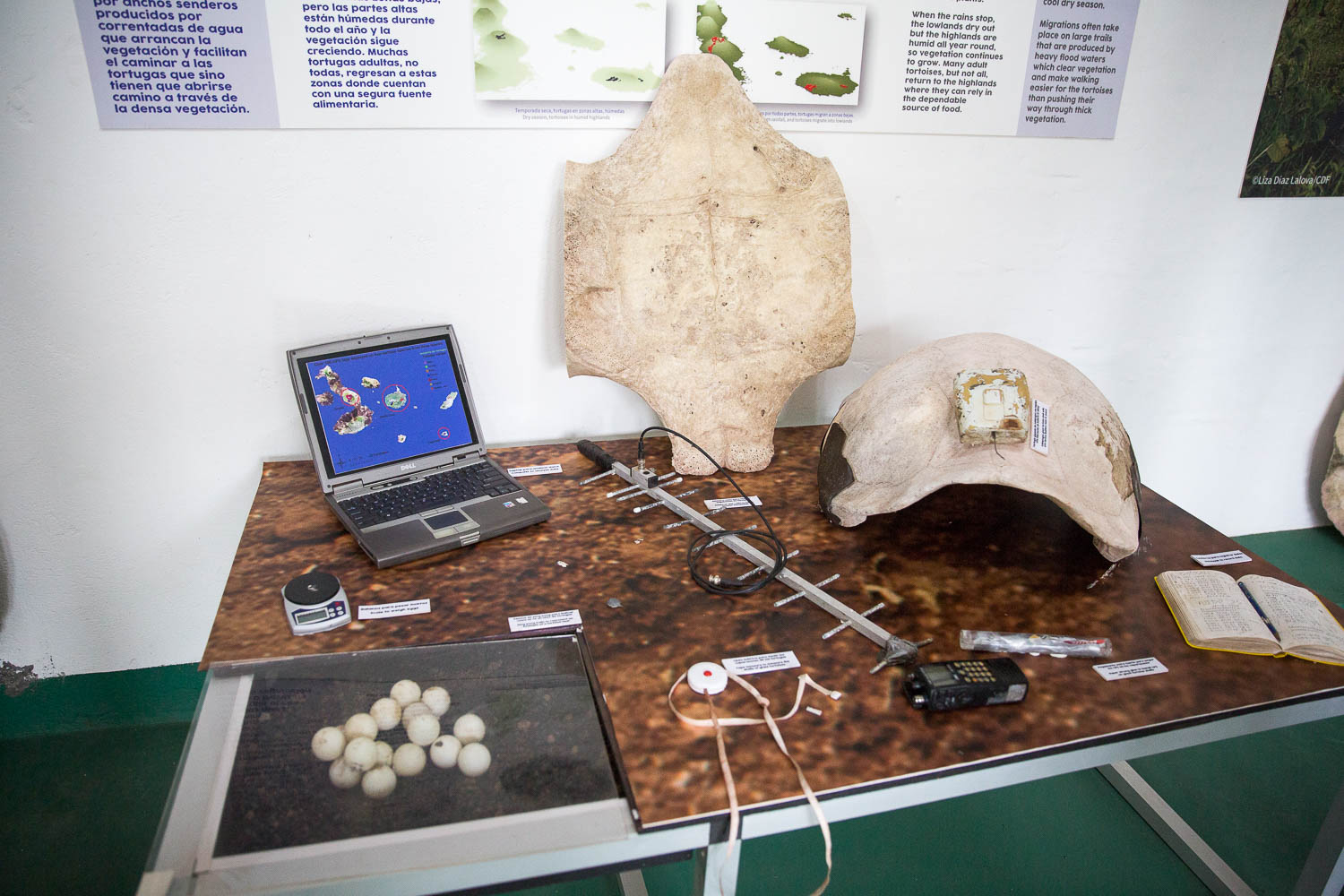
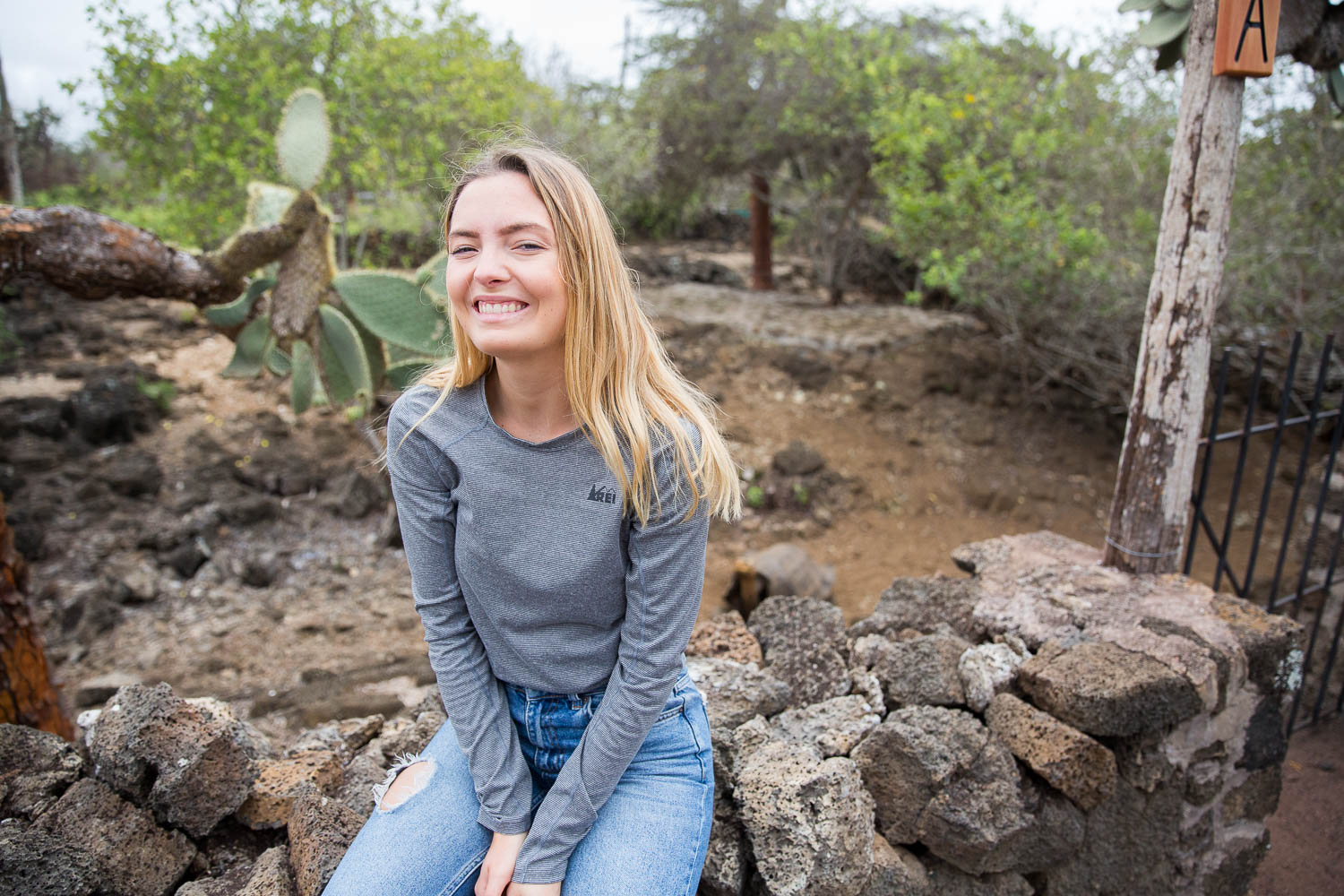
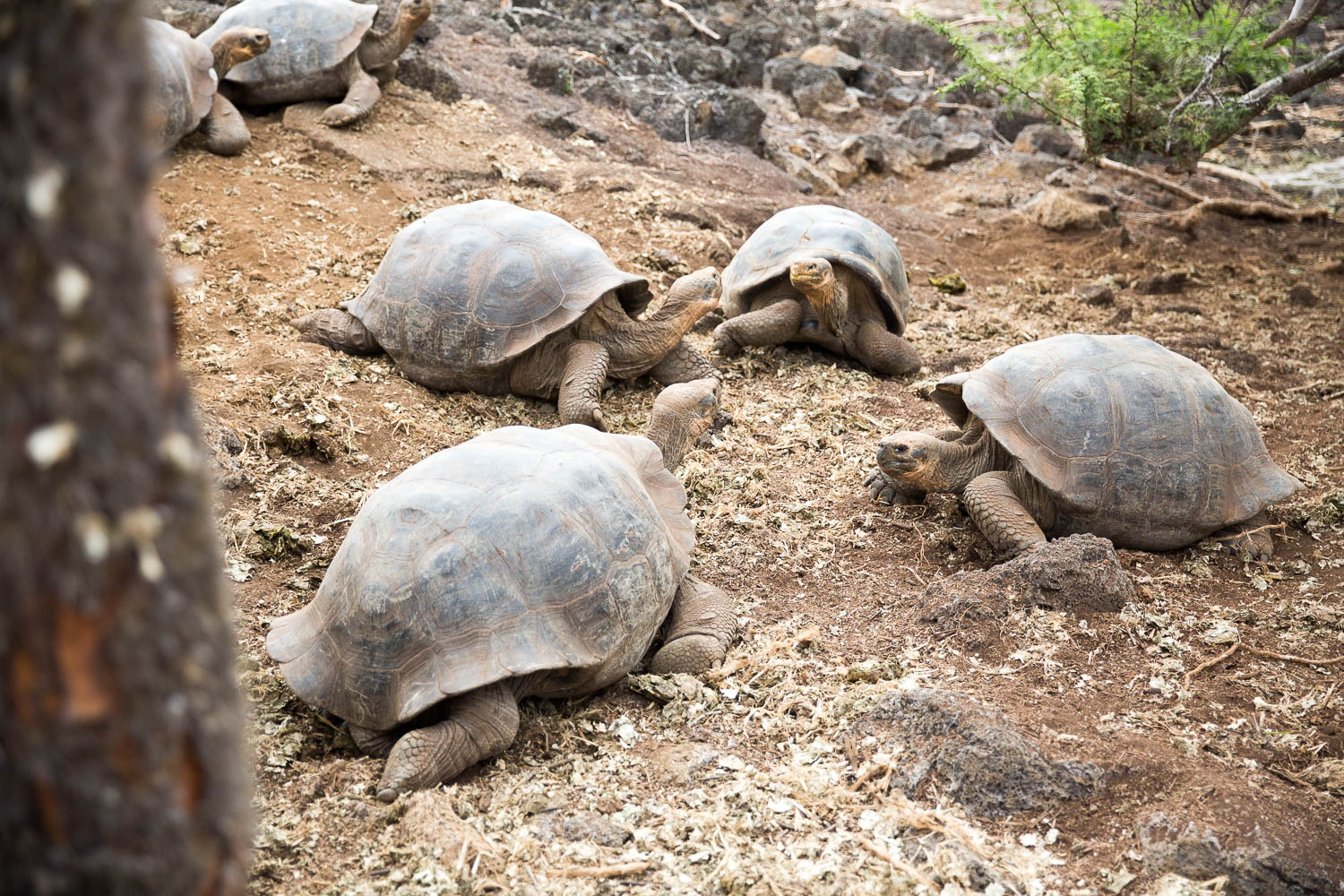
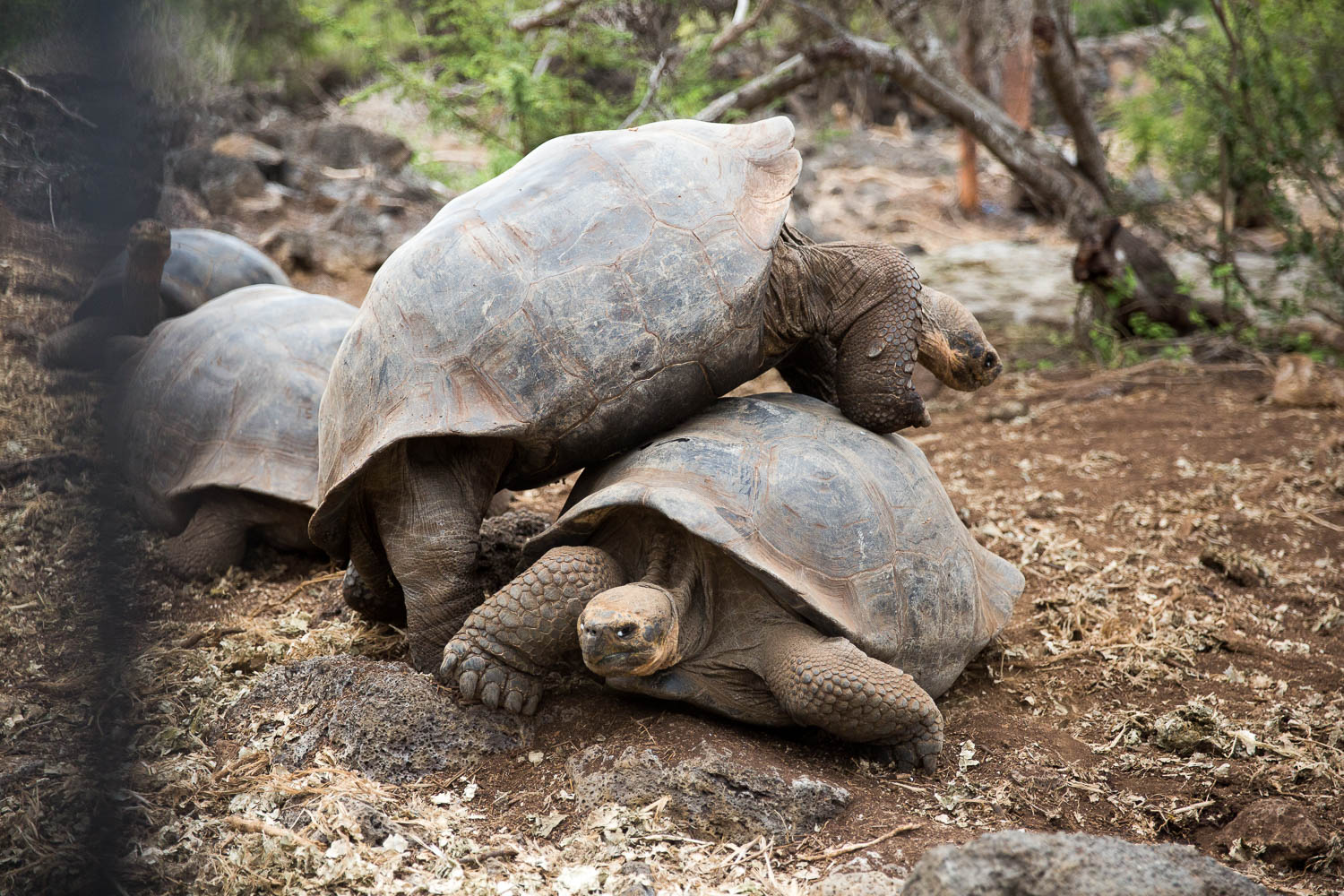
After seeing Lonesome George, we headed down to the waterfront by the Research Station. So beautiful surroundings, oh my word! Clear blue water, fresh air and iguanas running around on the lava stones. The iguanas really blend in to the black lava, which may be a reason for why they still live here. A good way to survive, maybe? Anyways – we enjoyed our time at the Research Station because we both love psychology and thus also biology. Love discussing and love learning.

